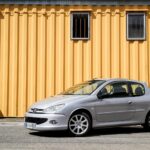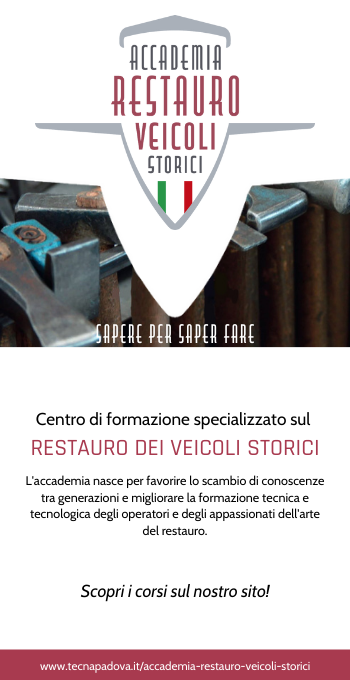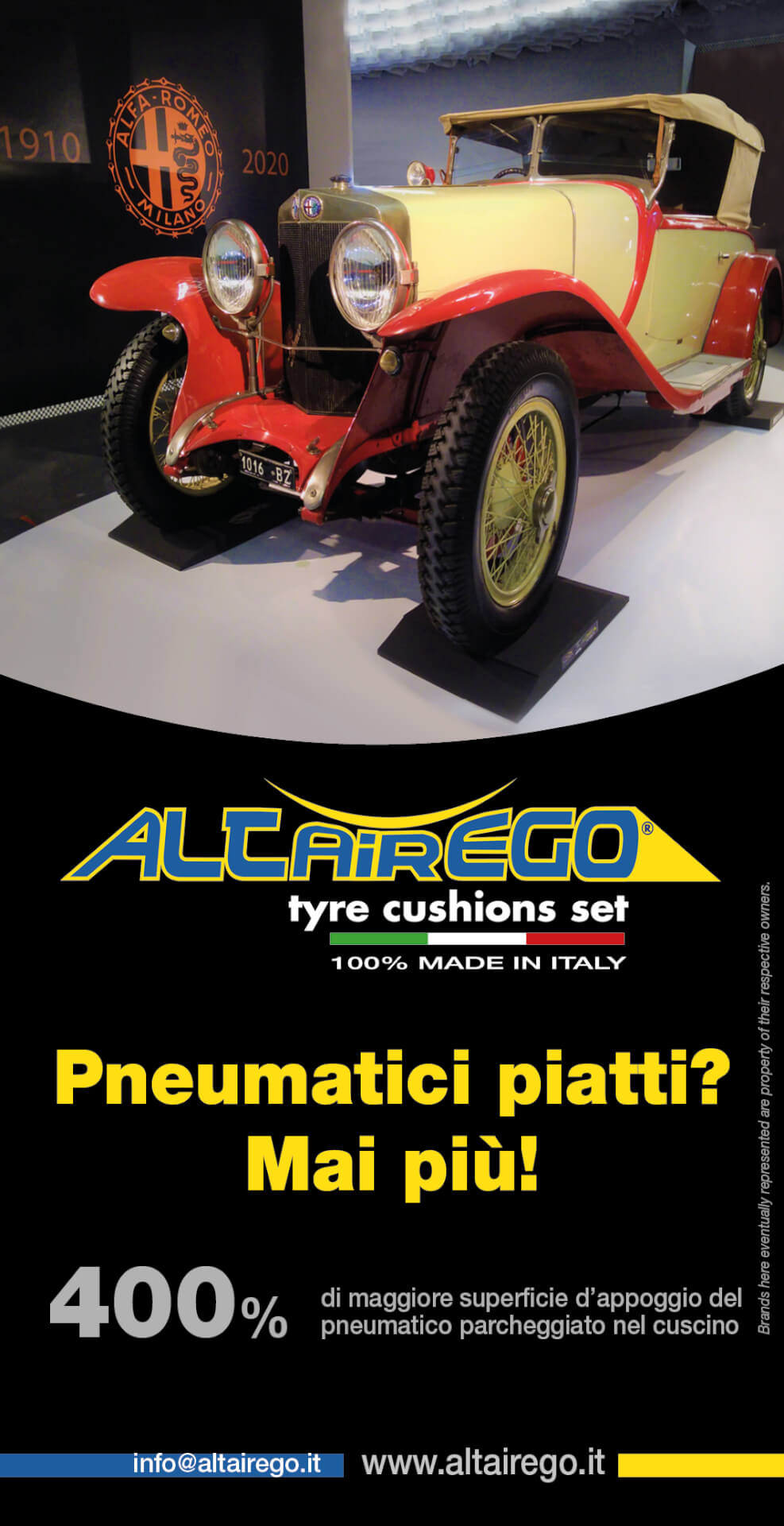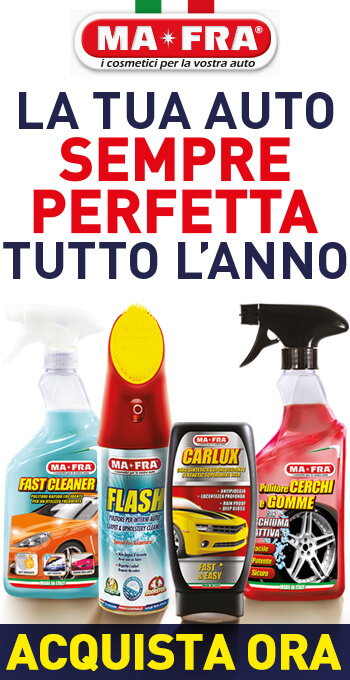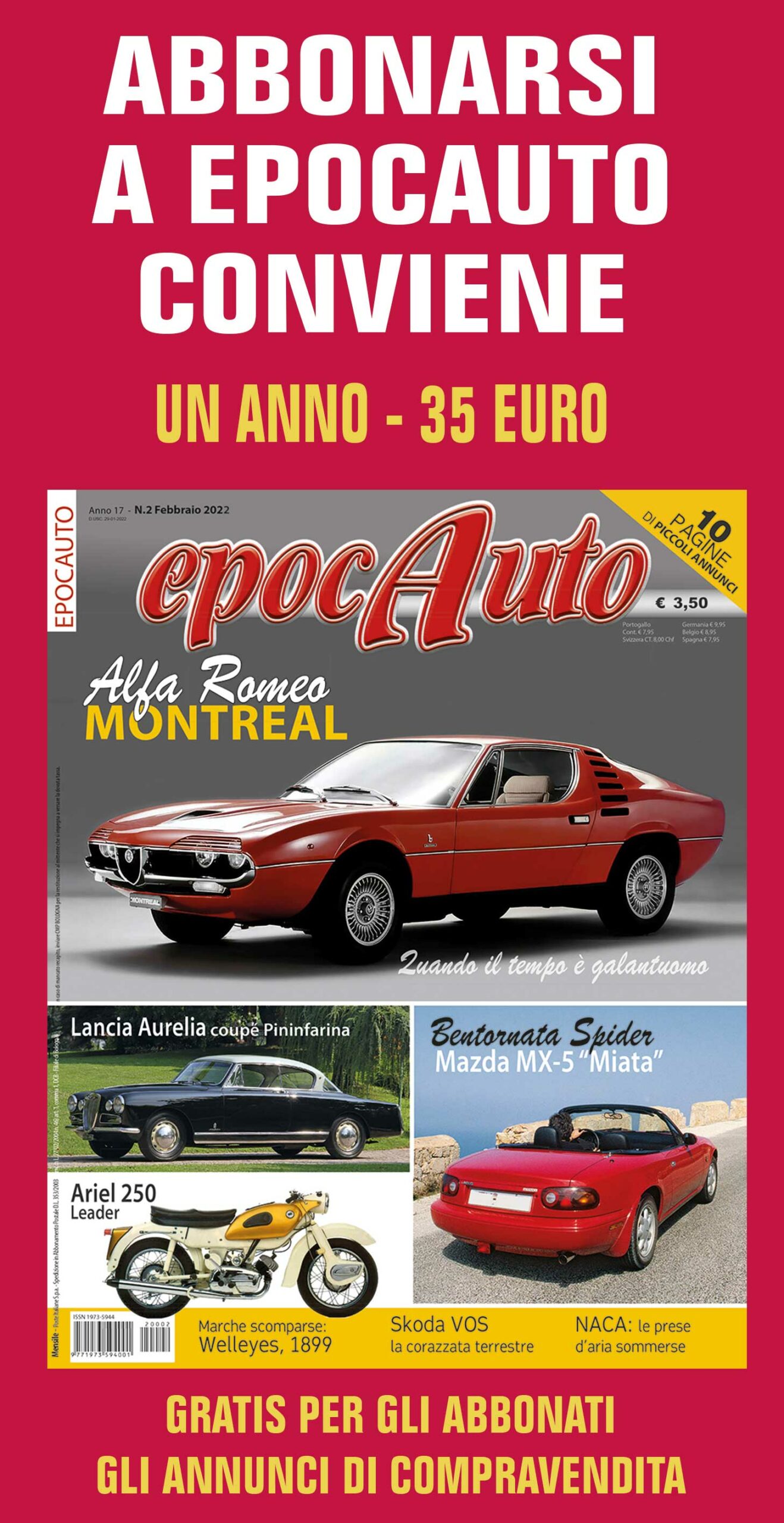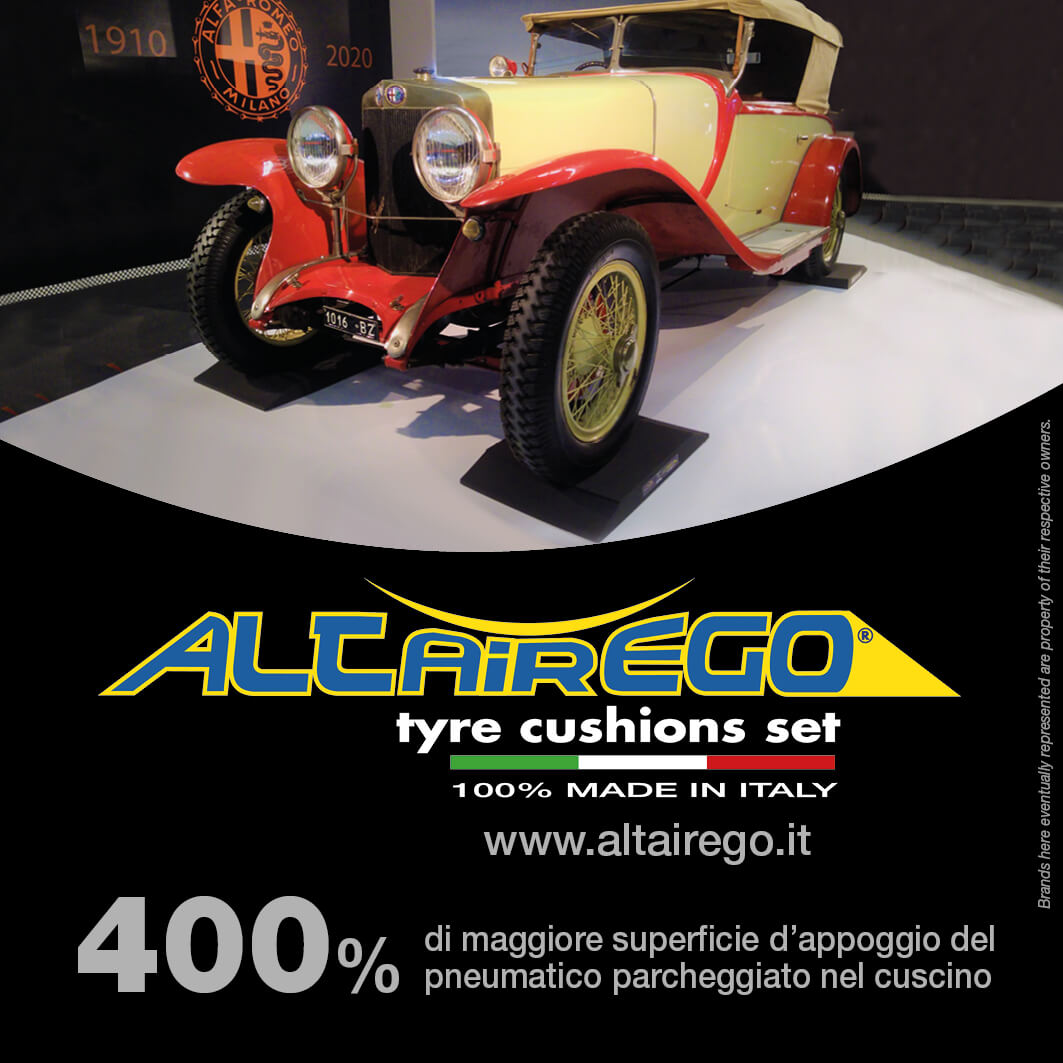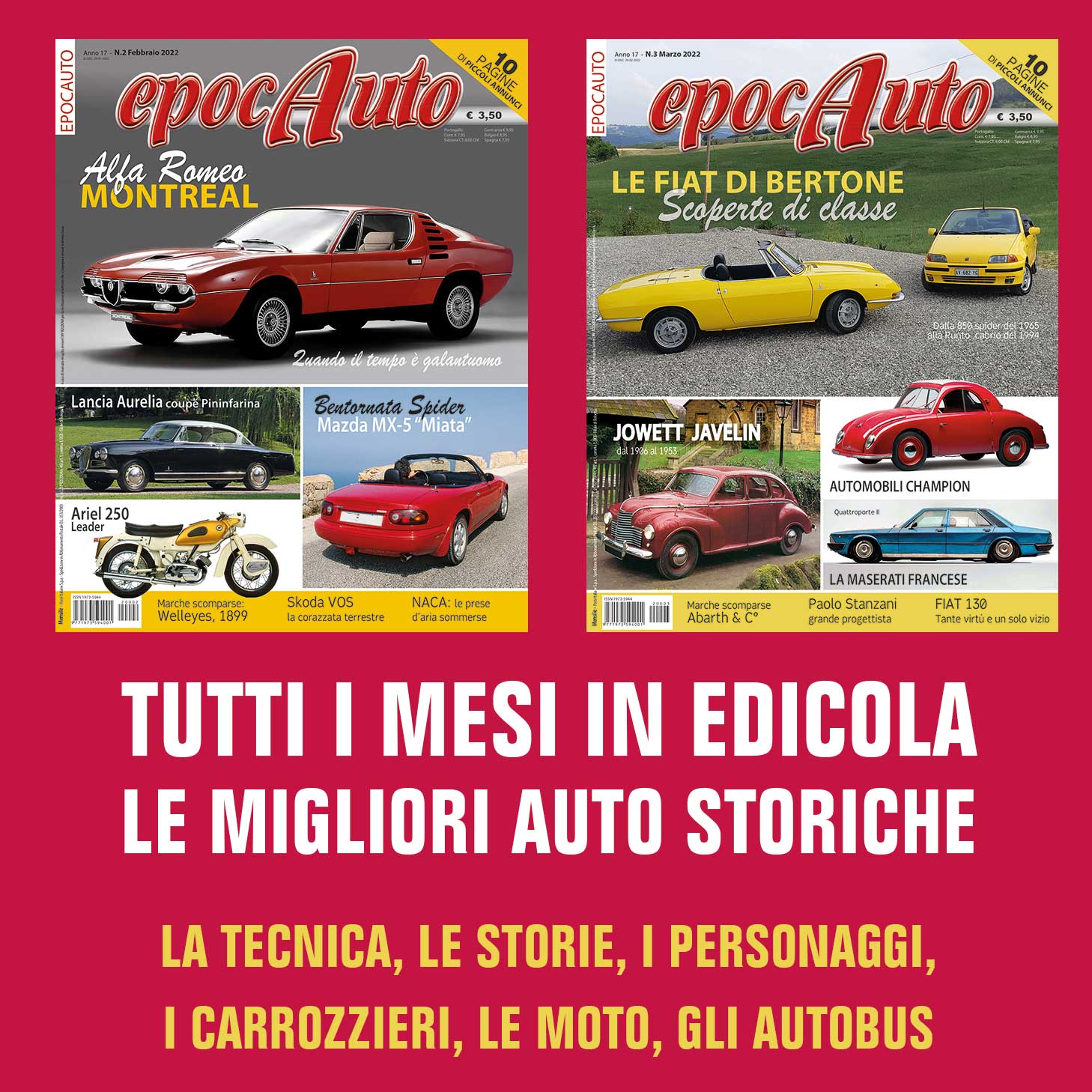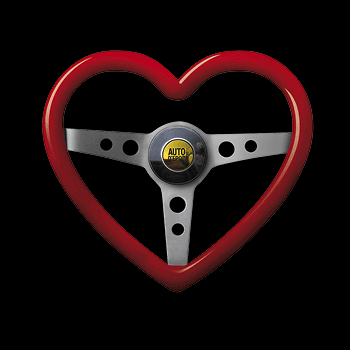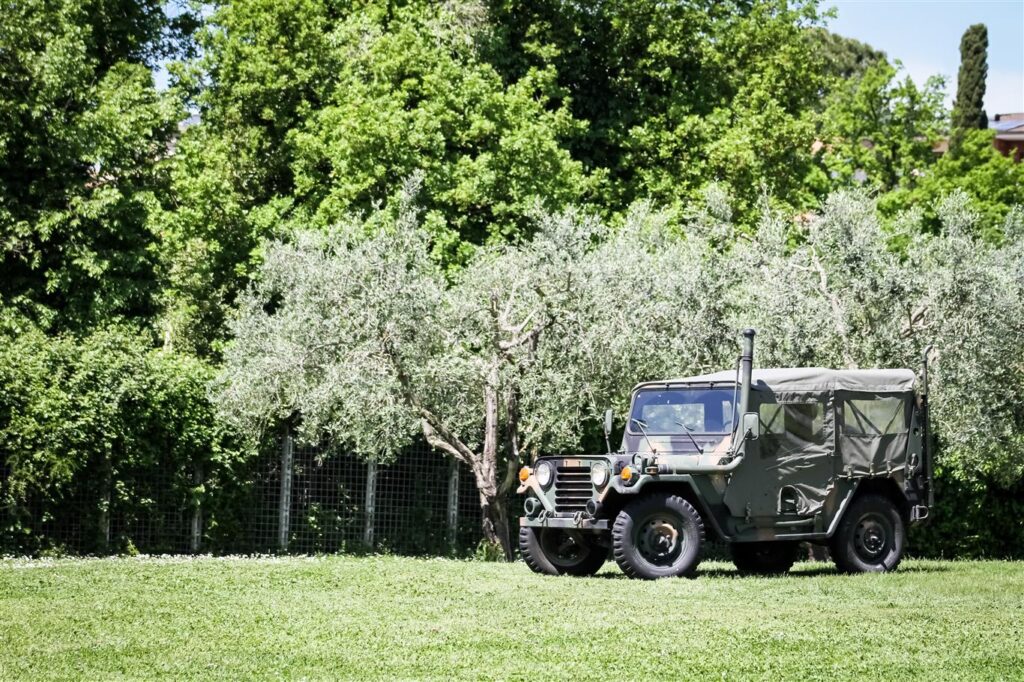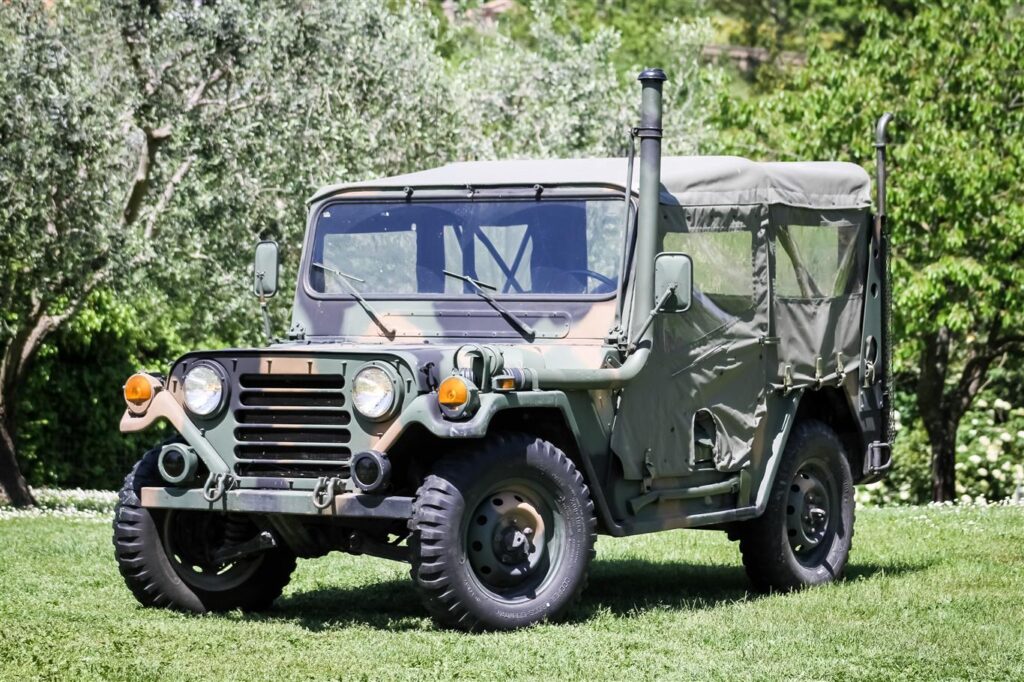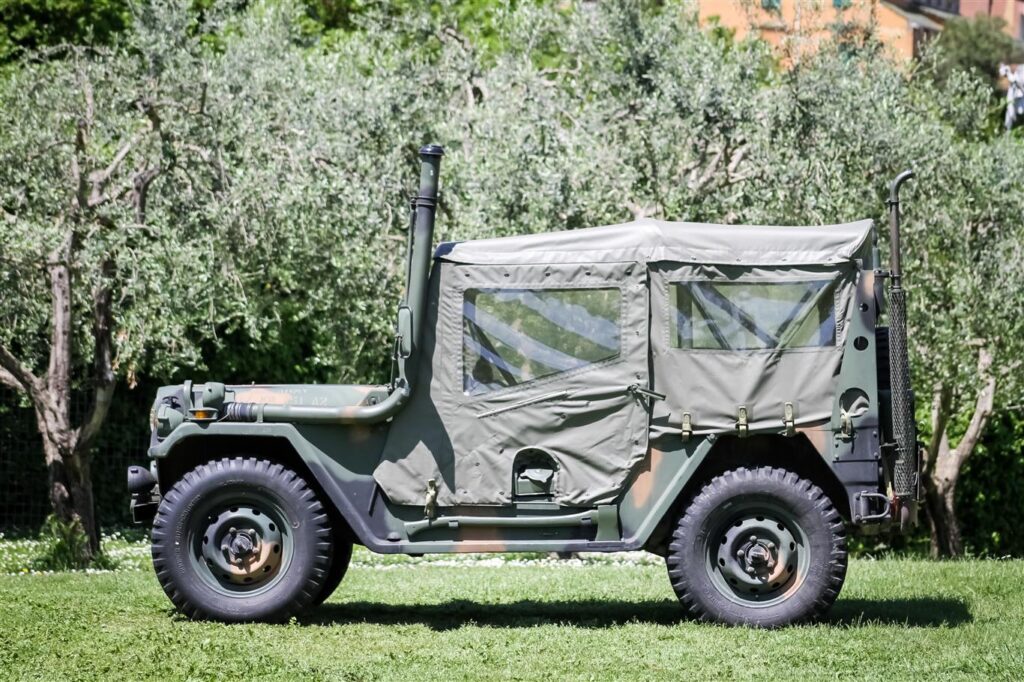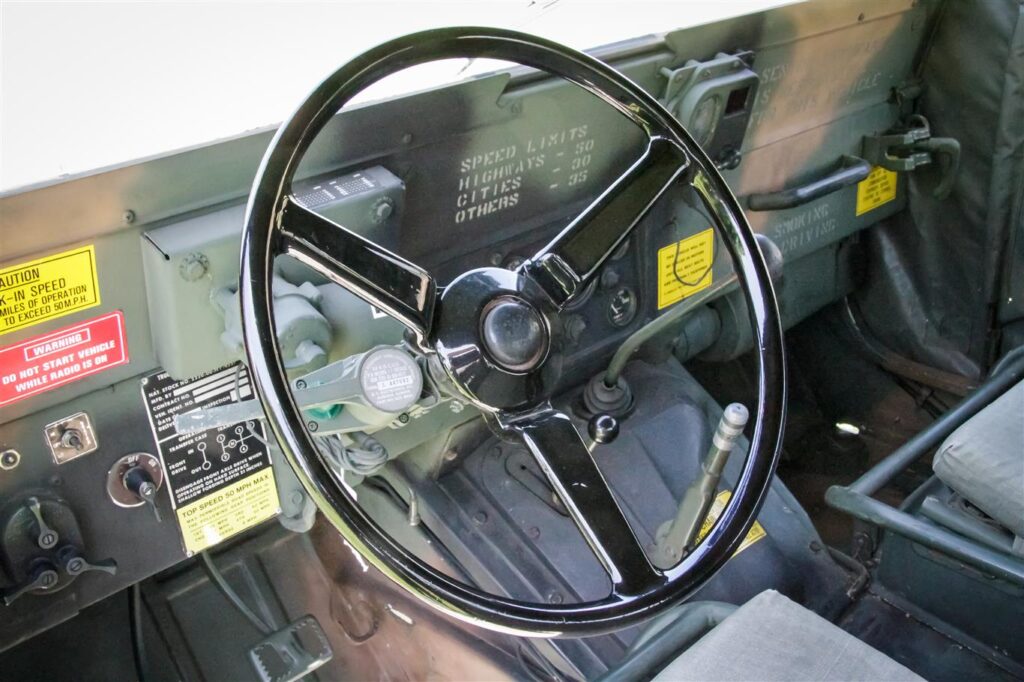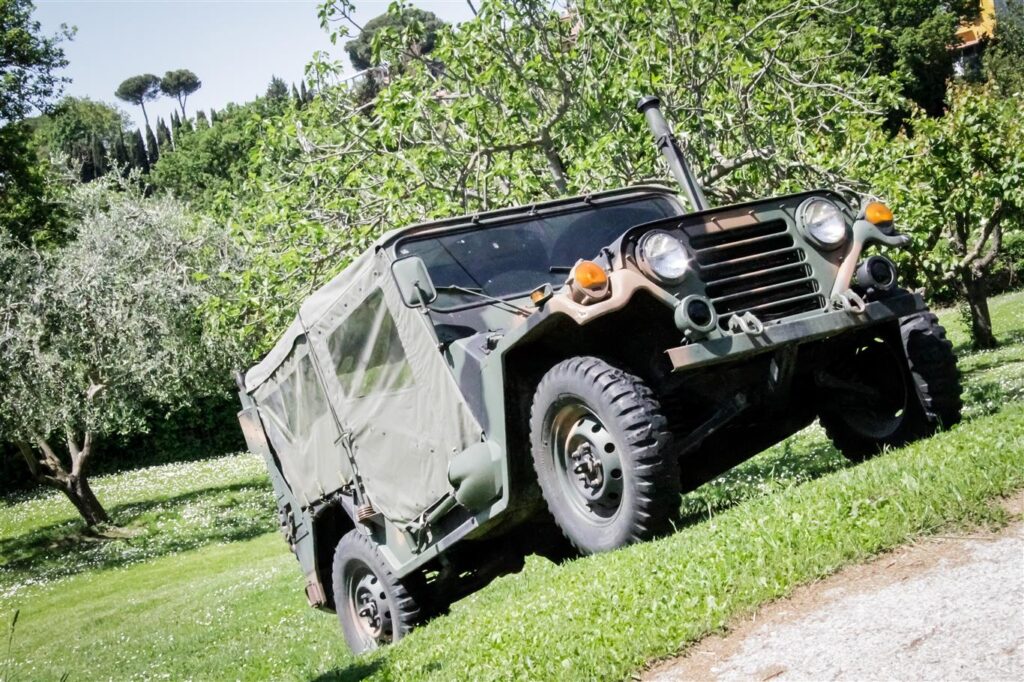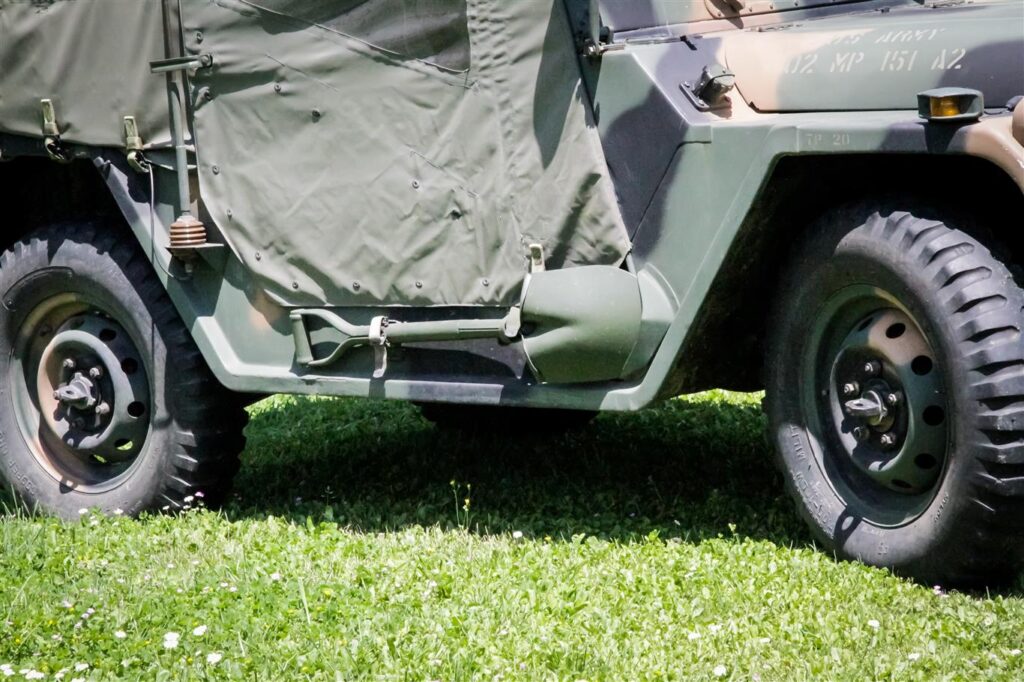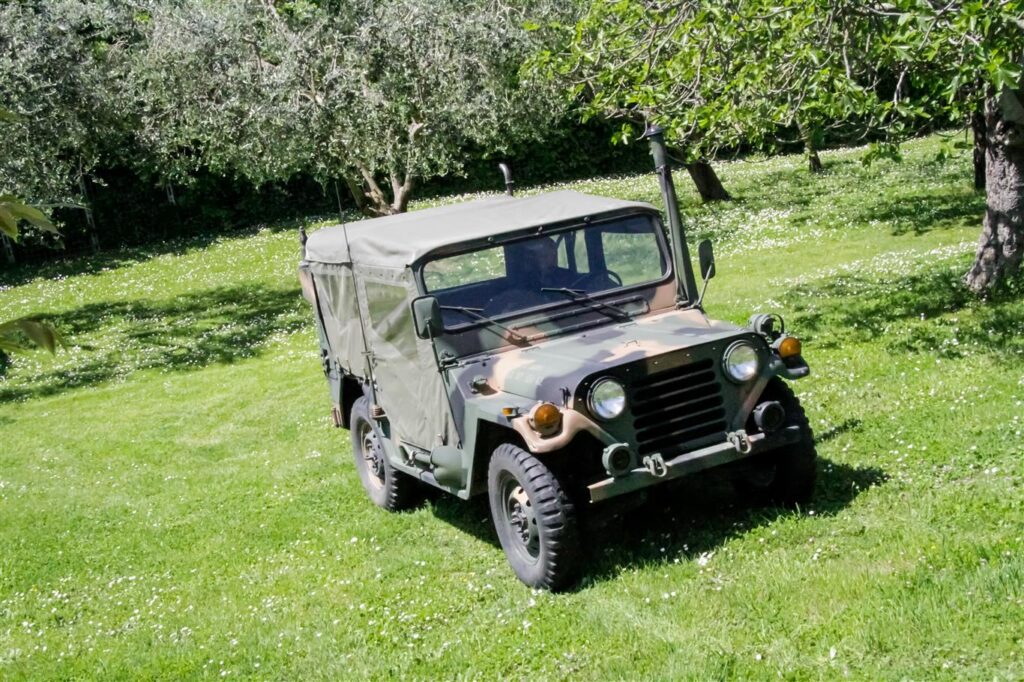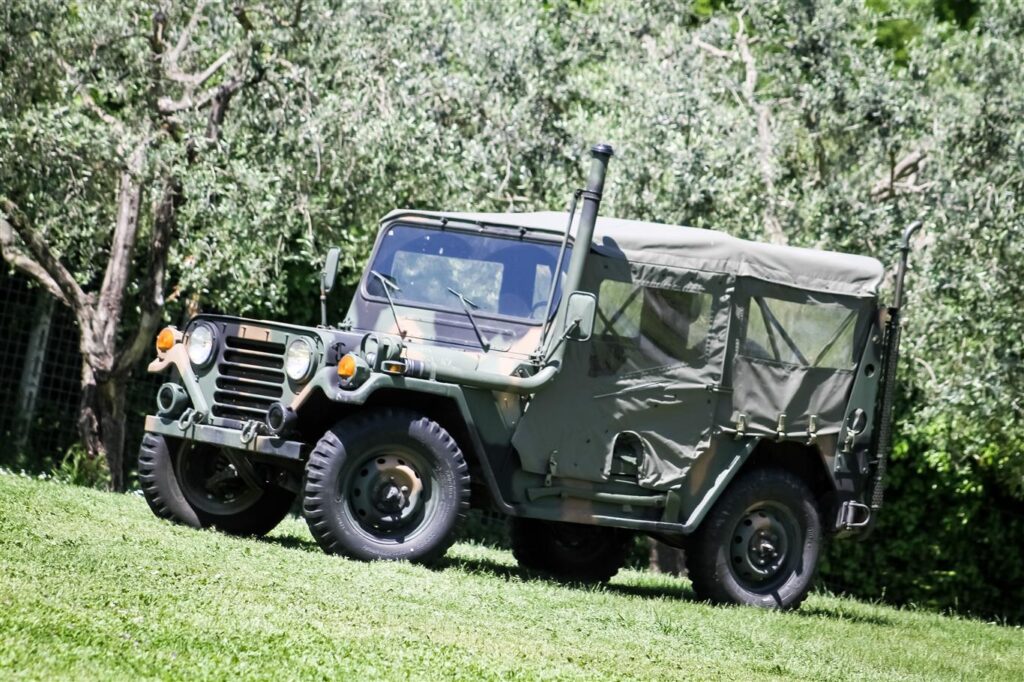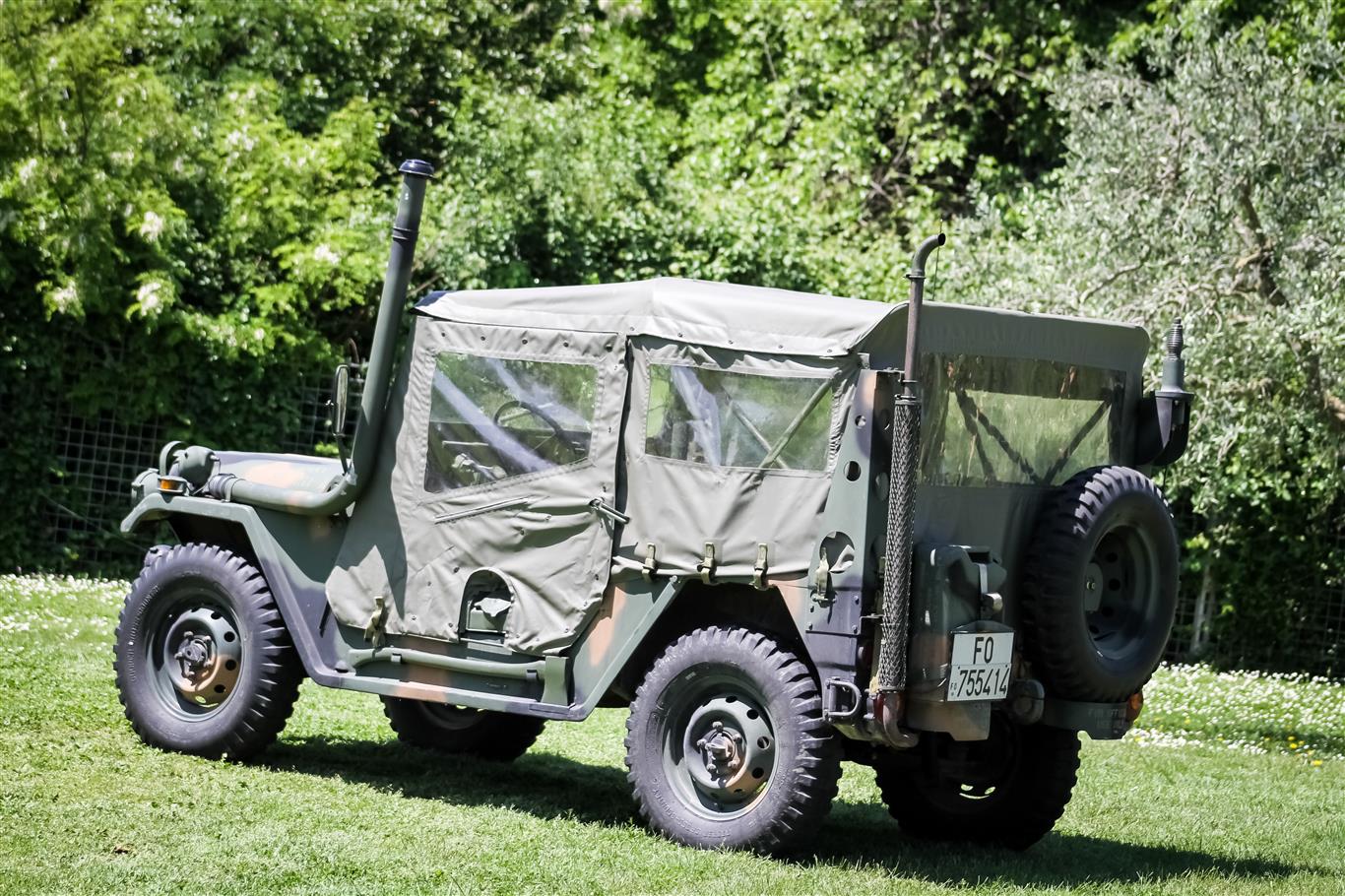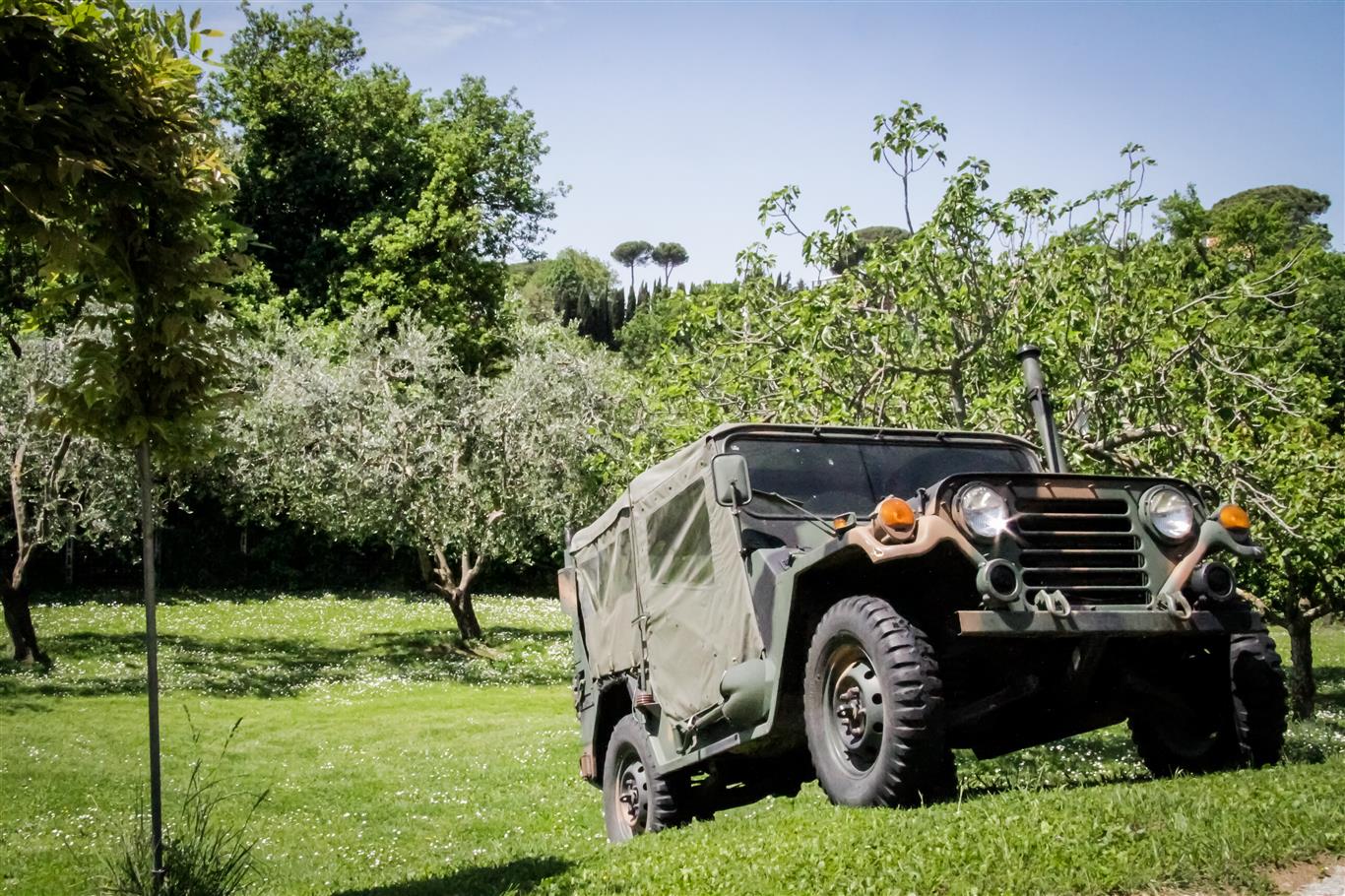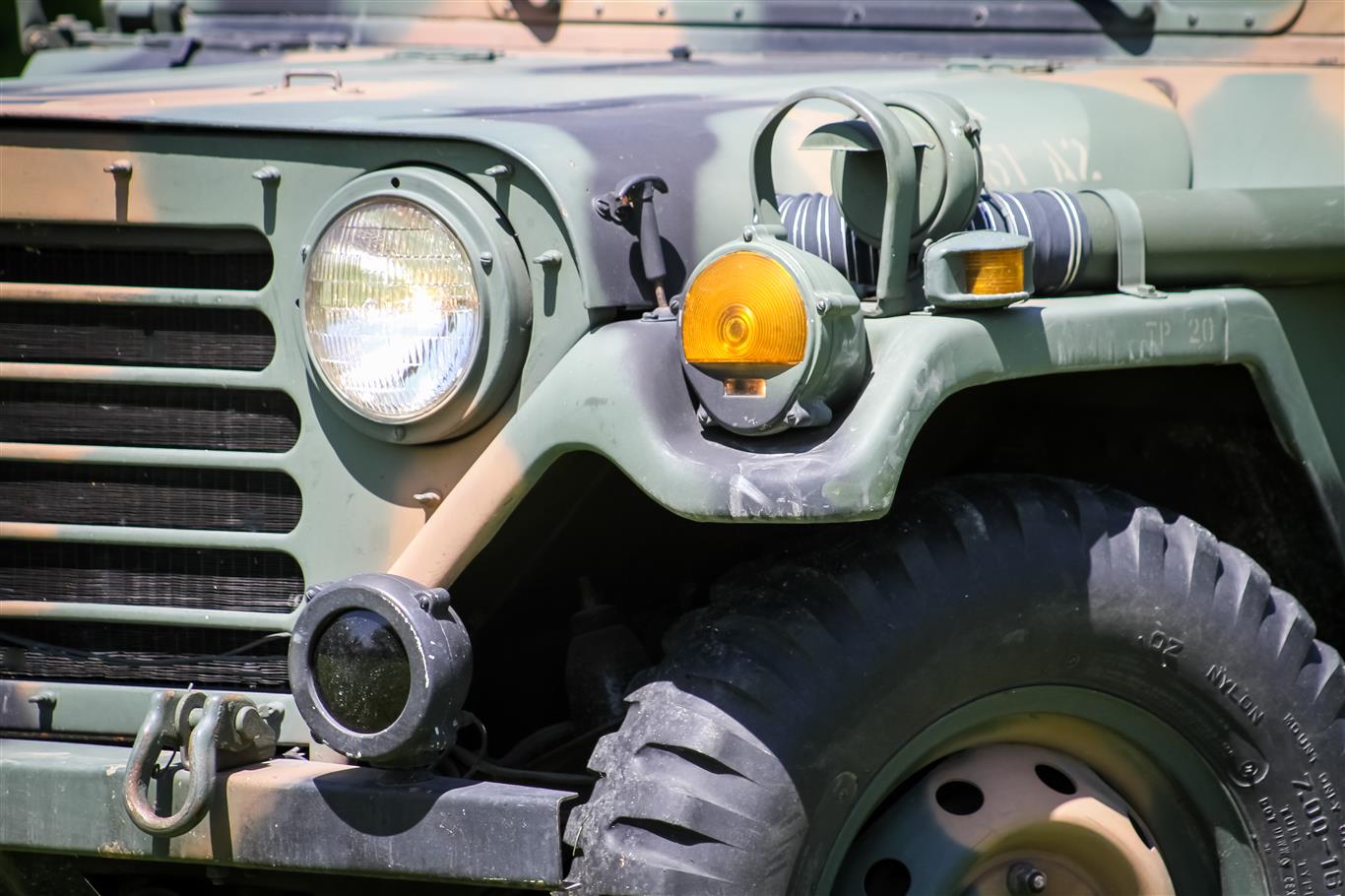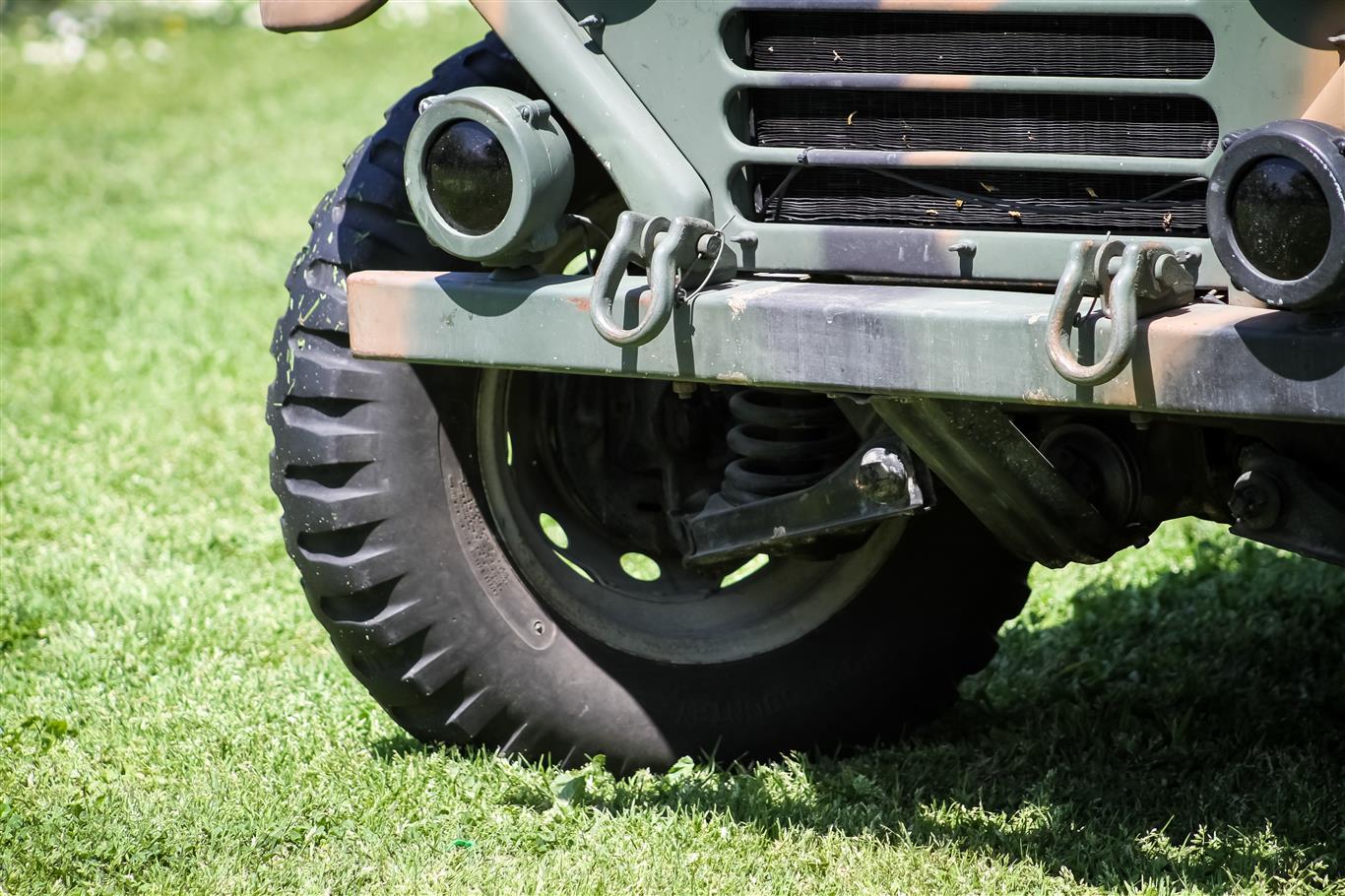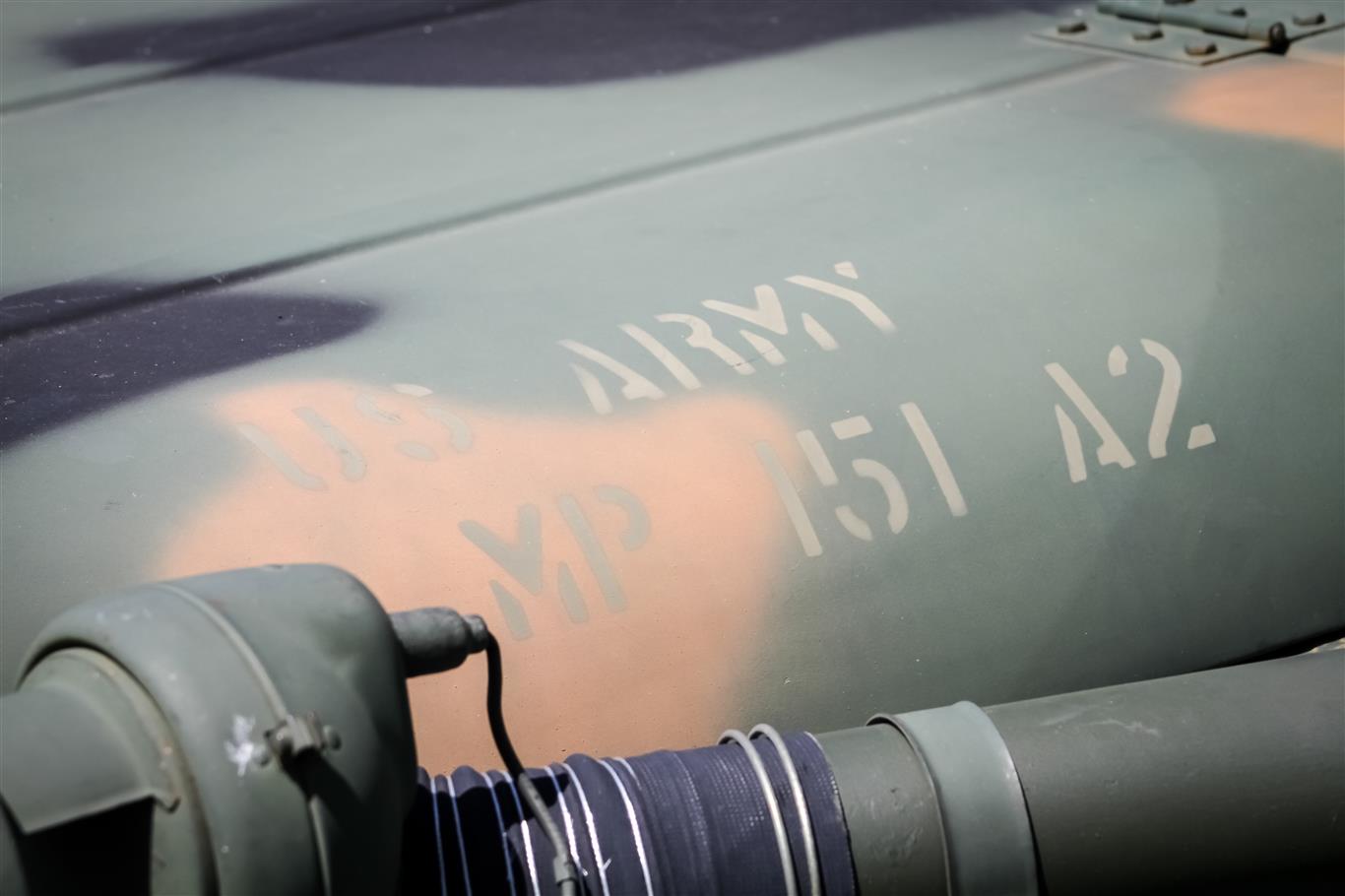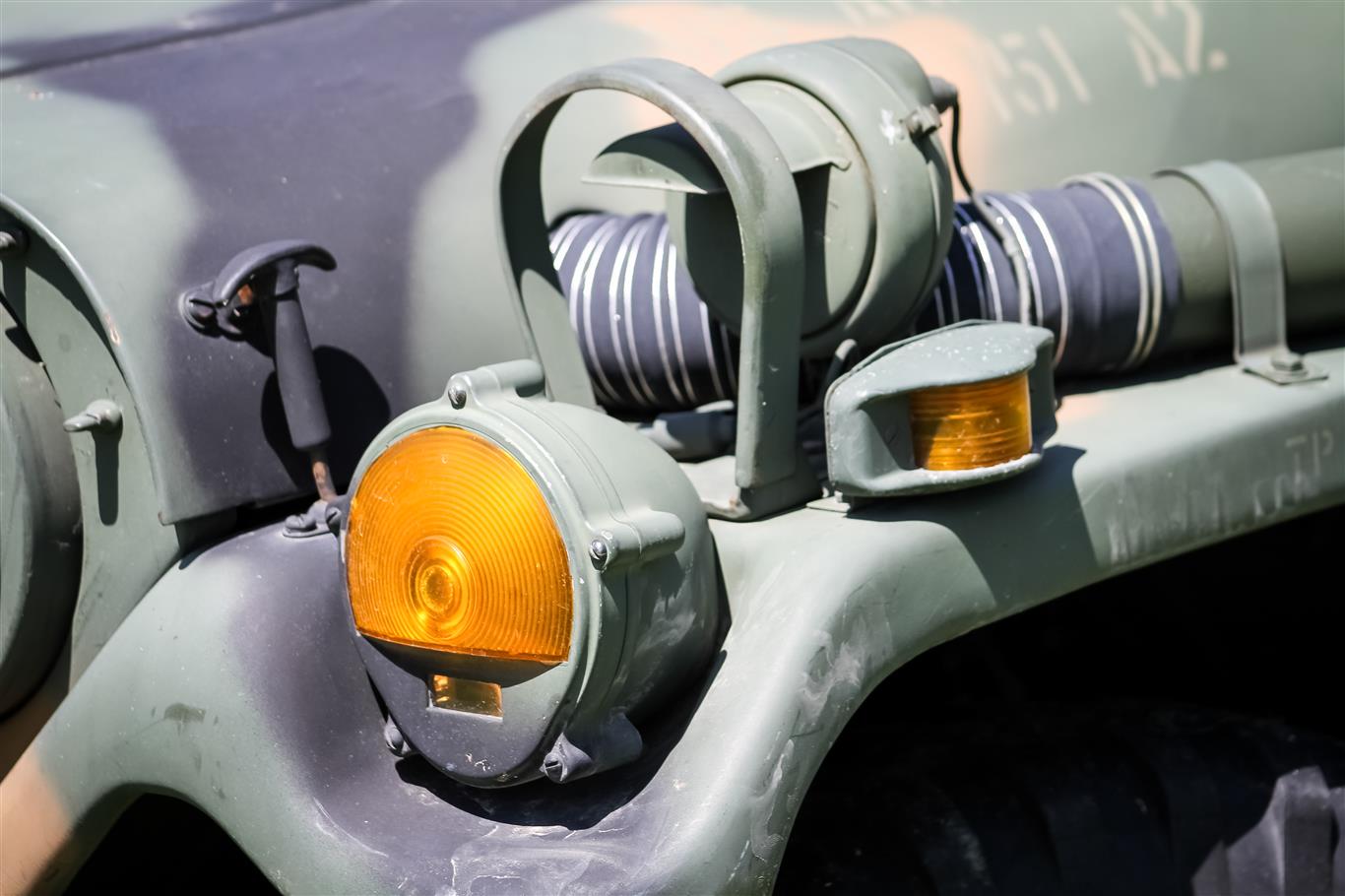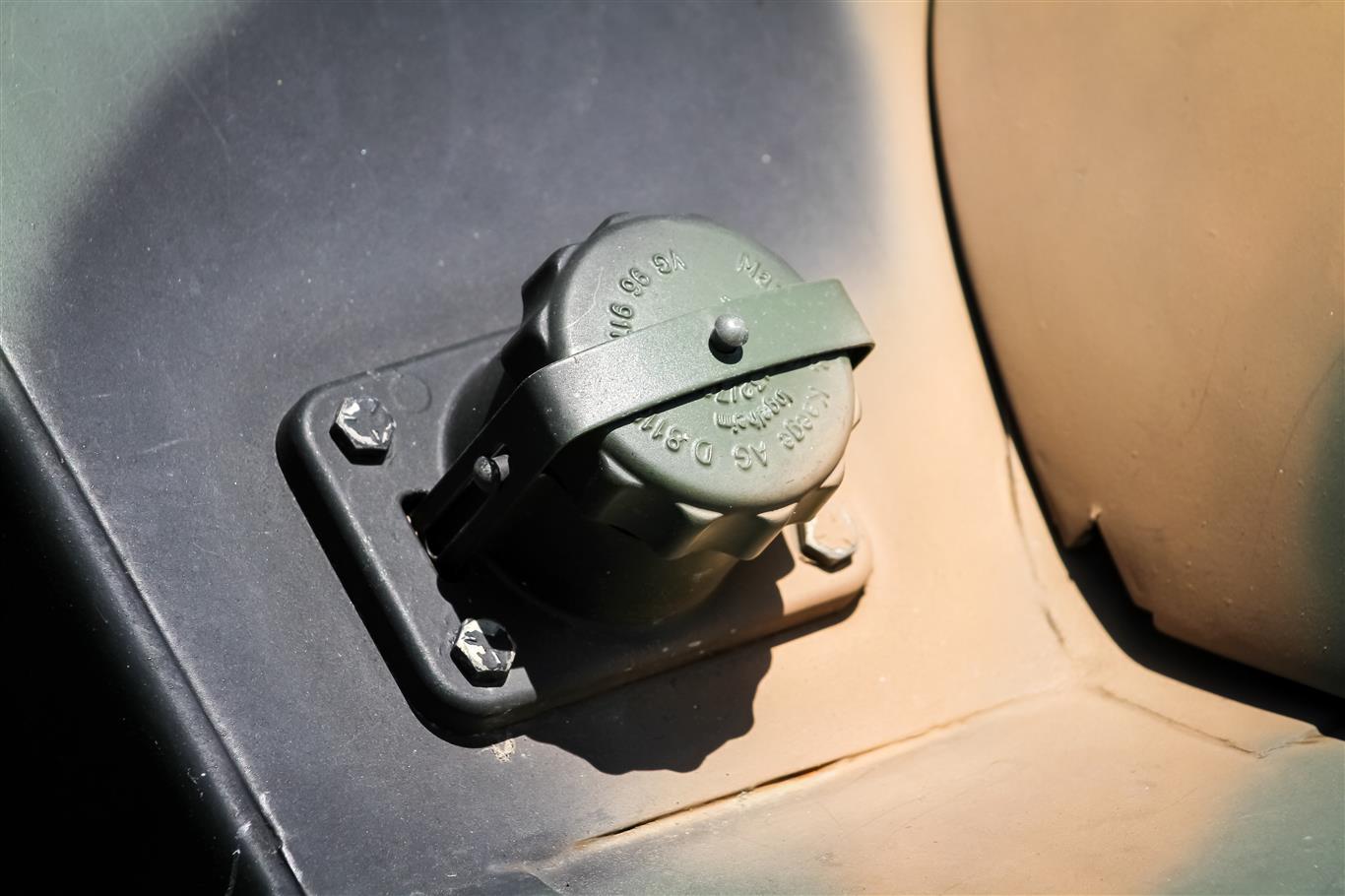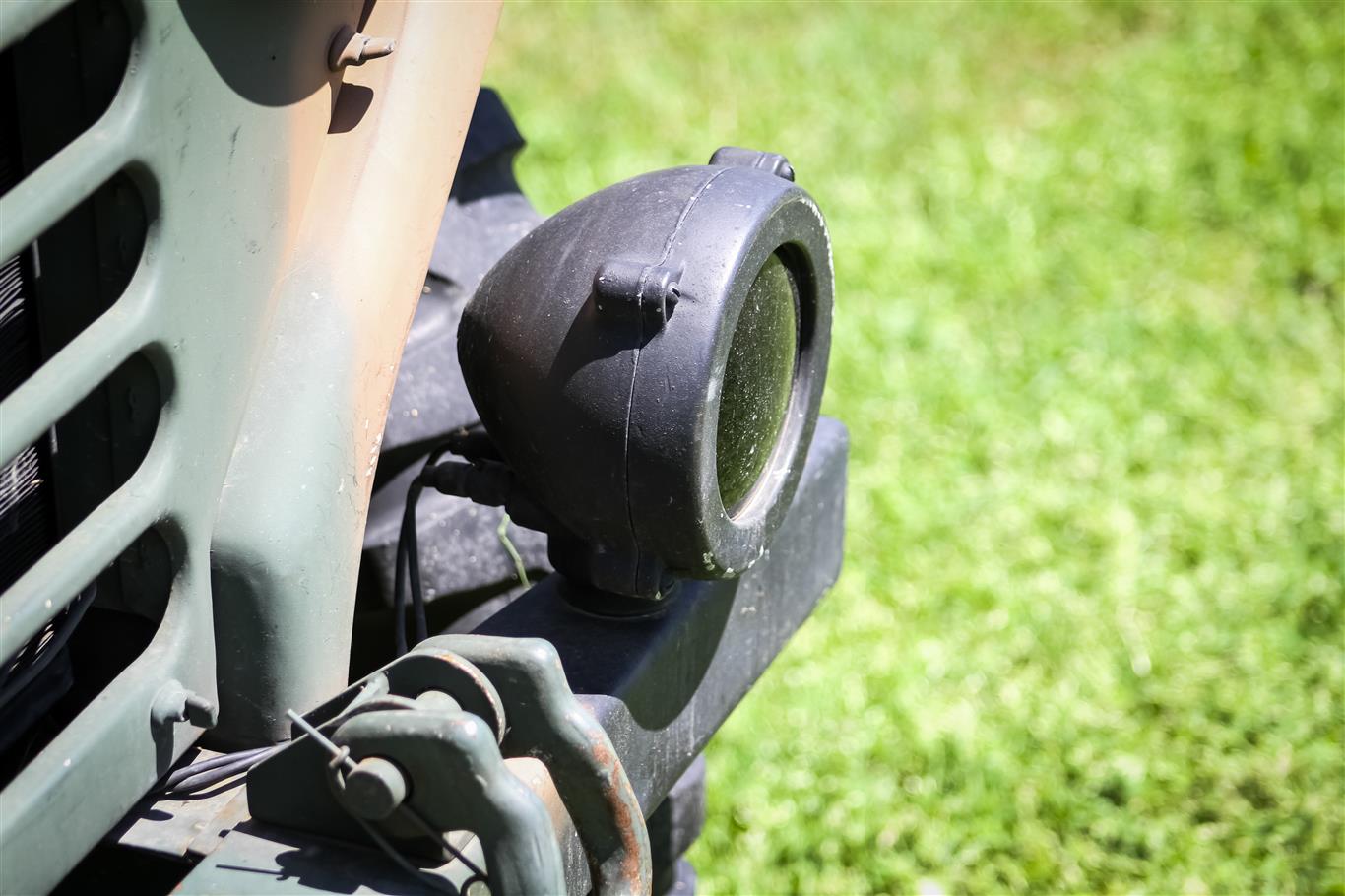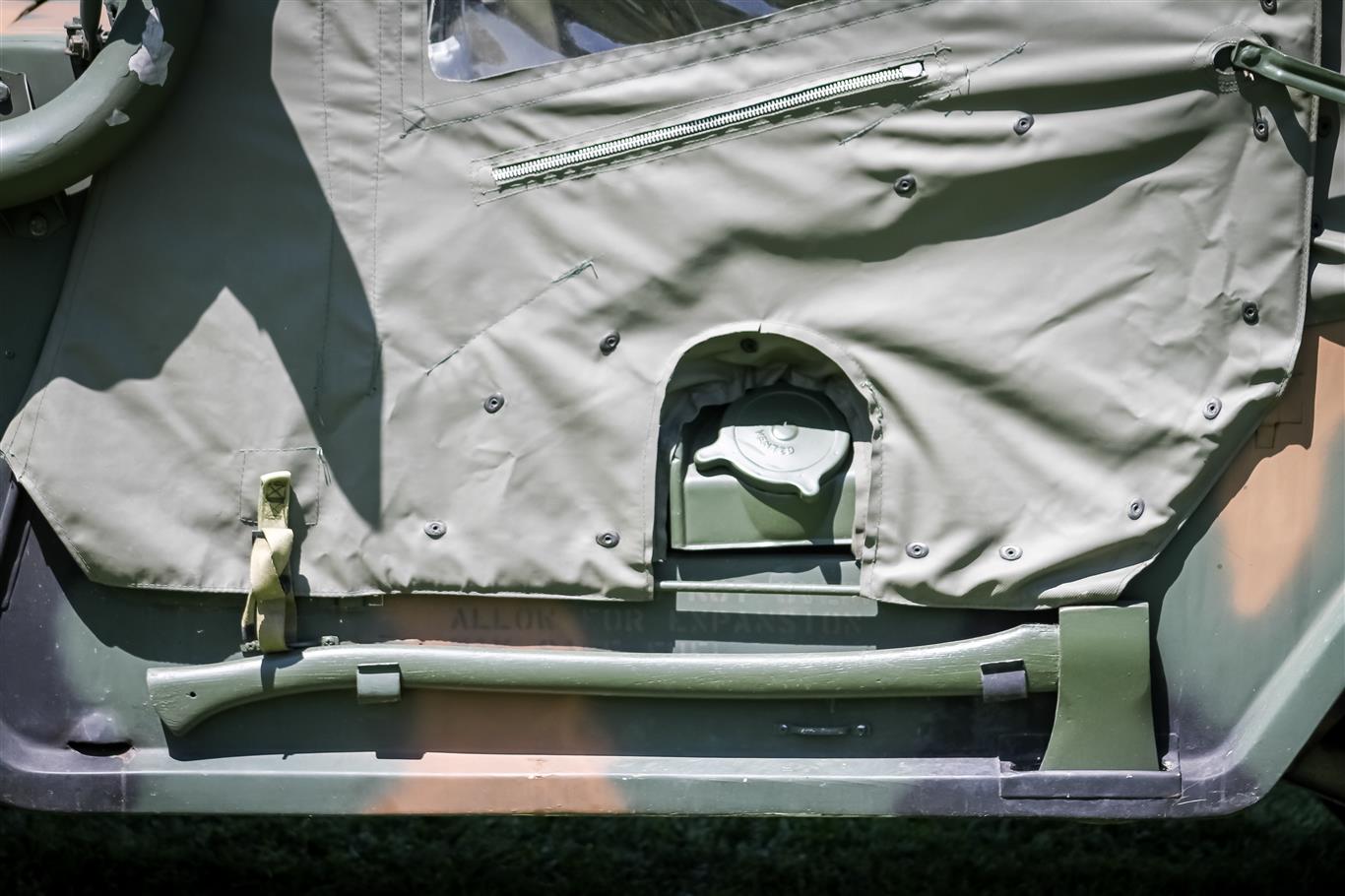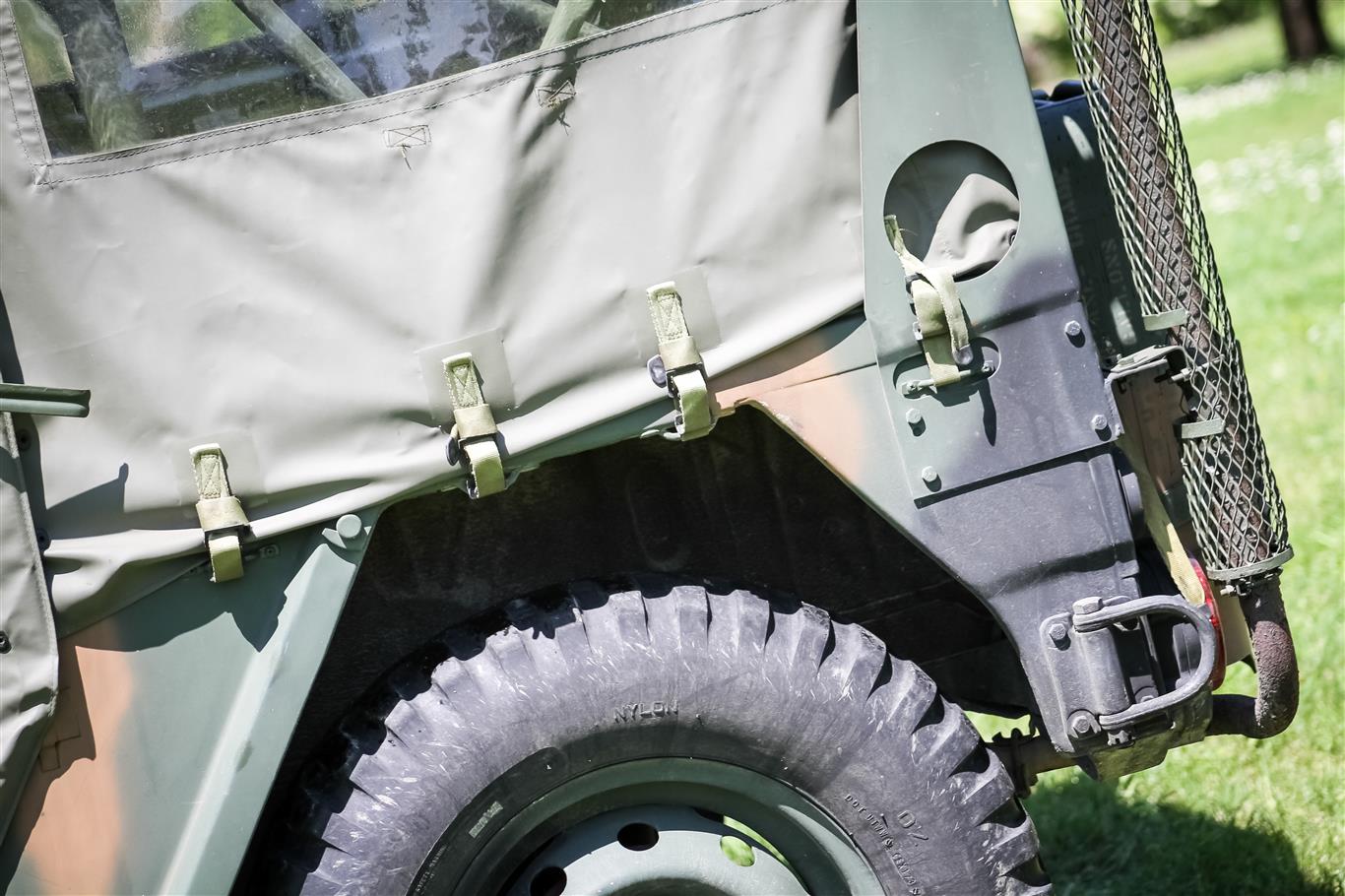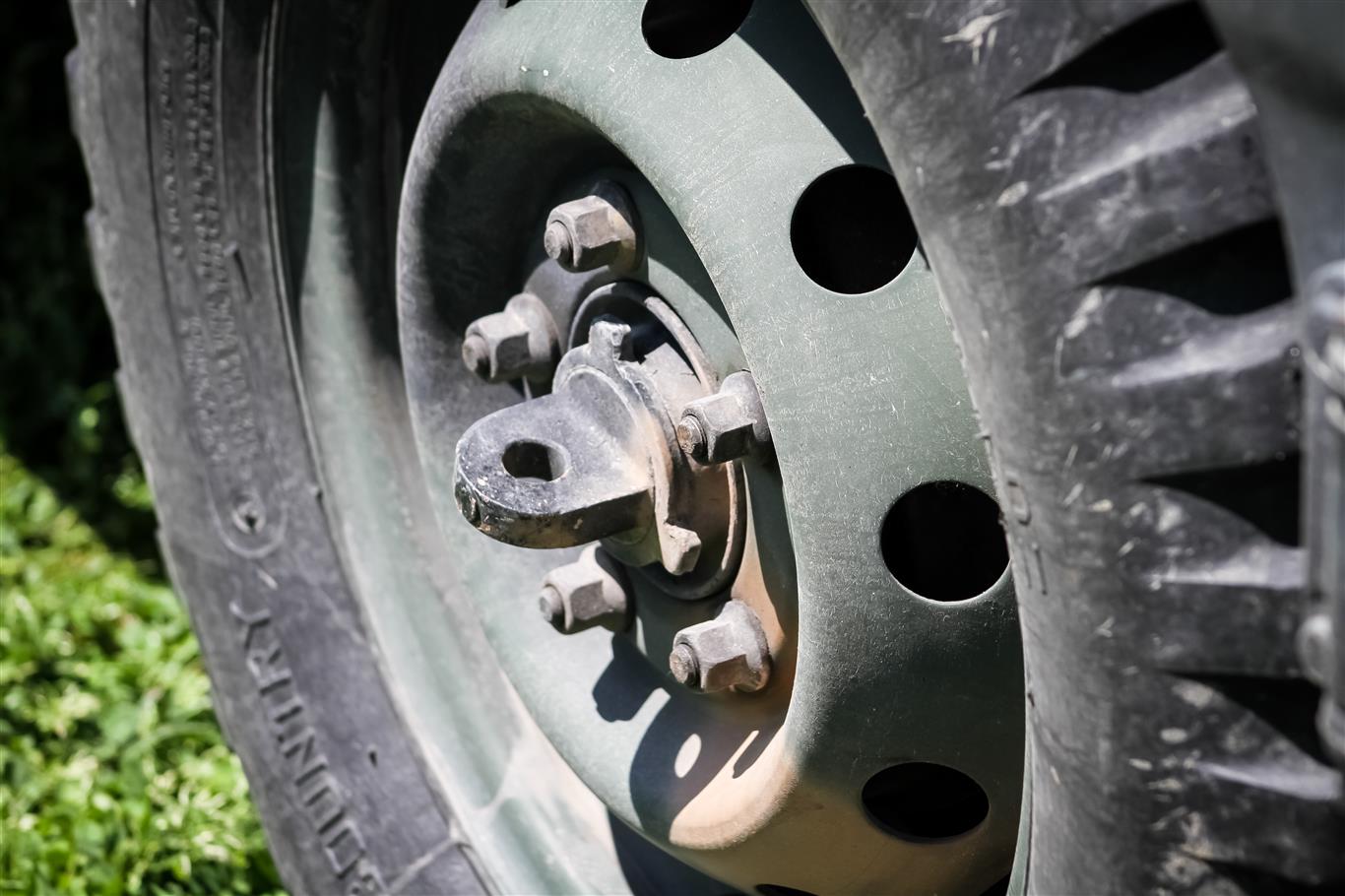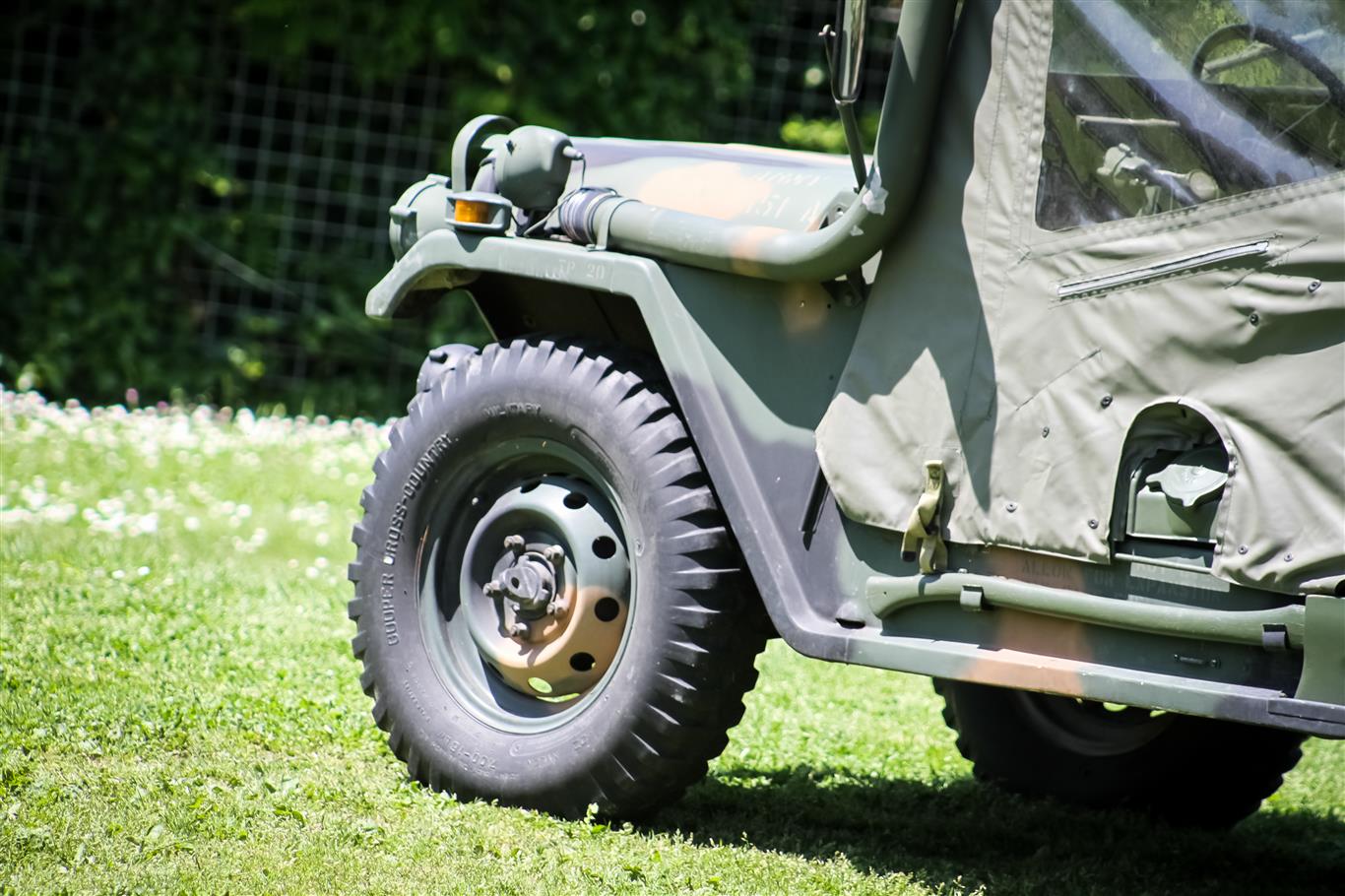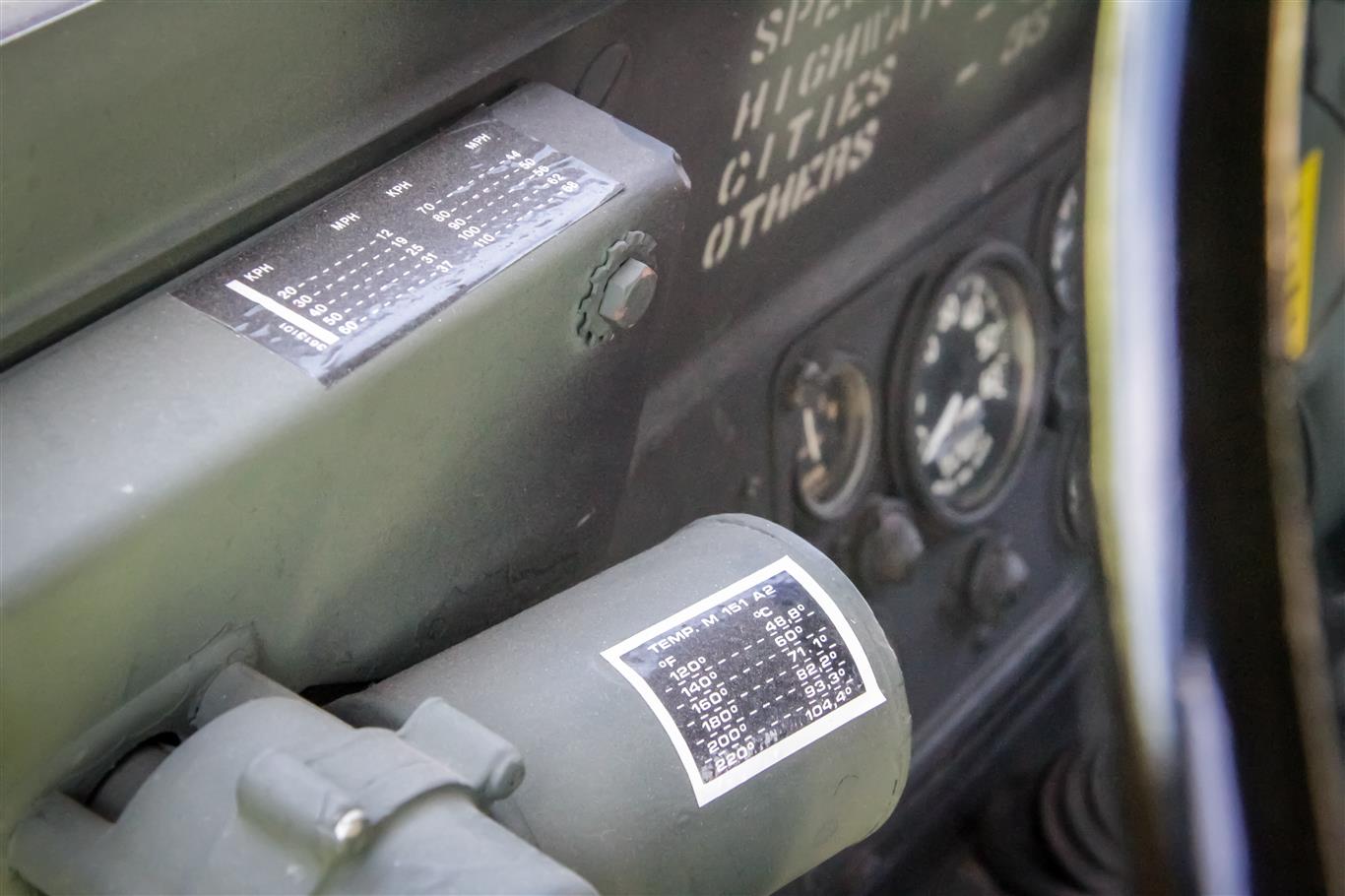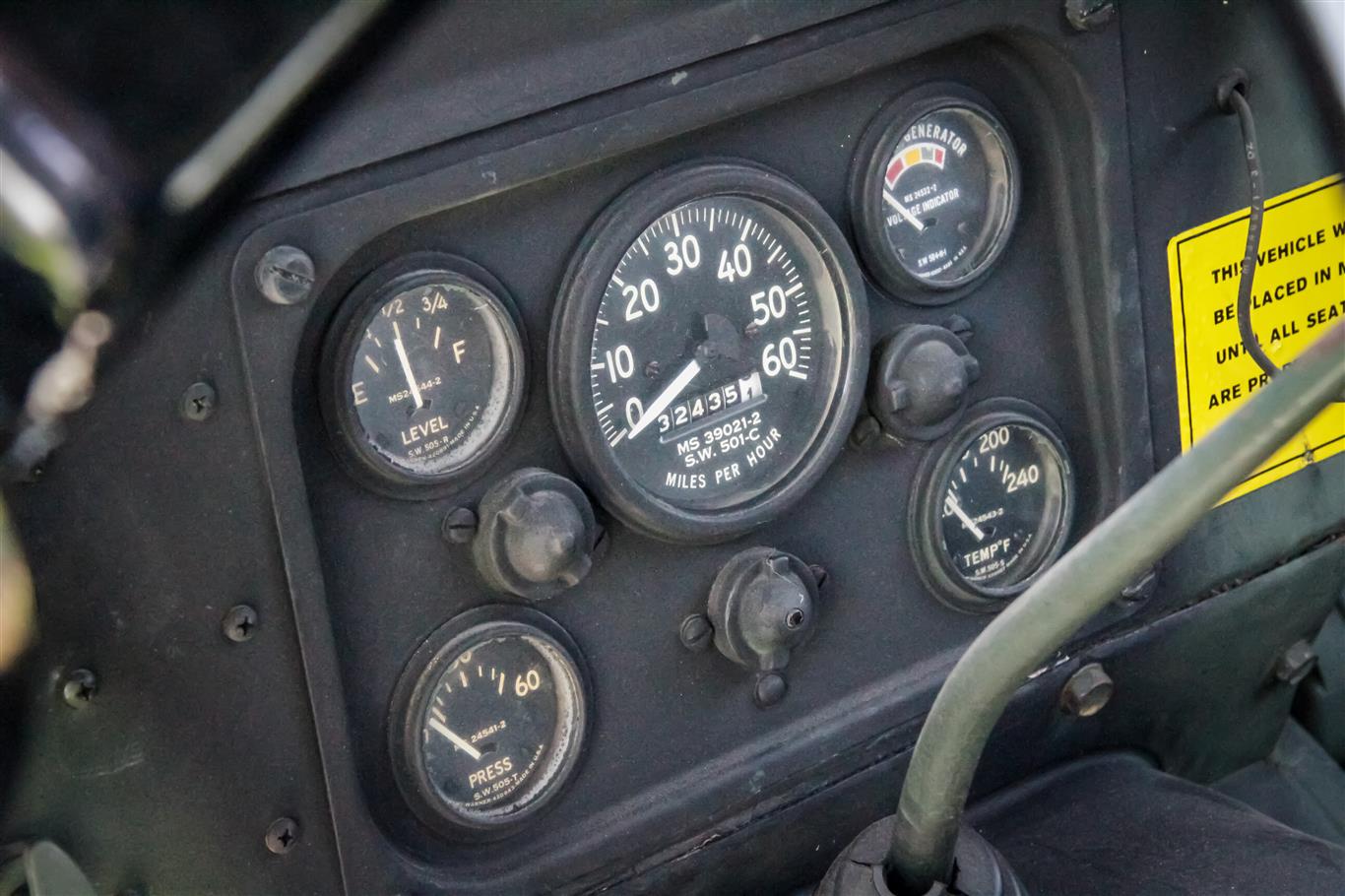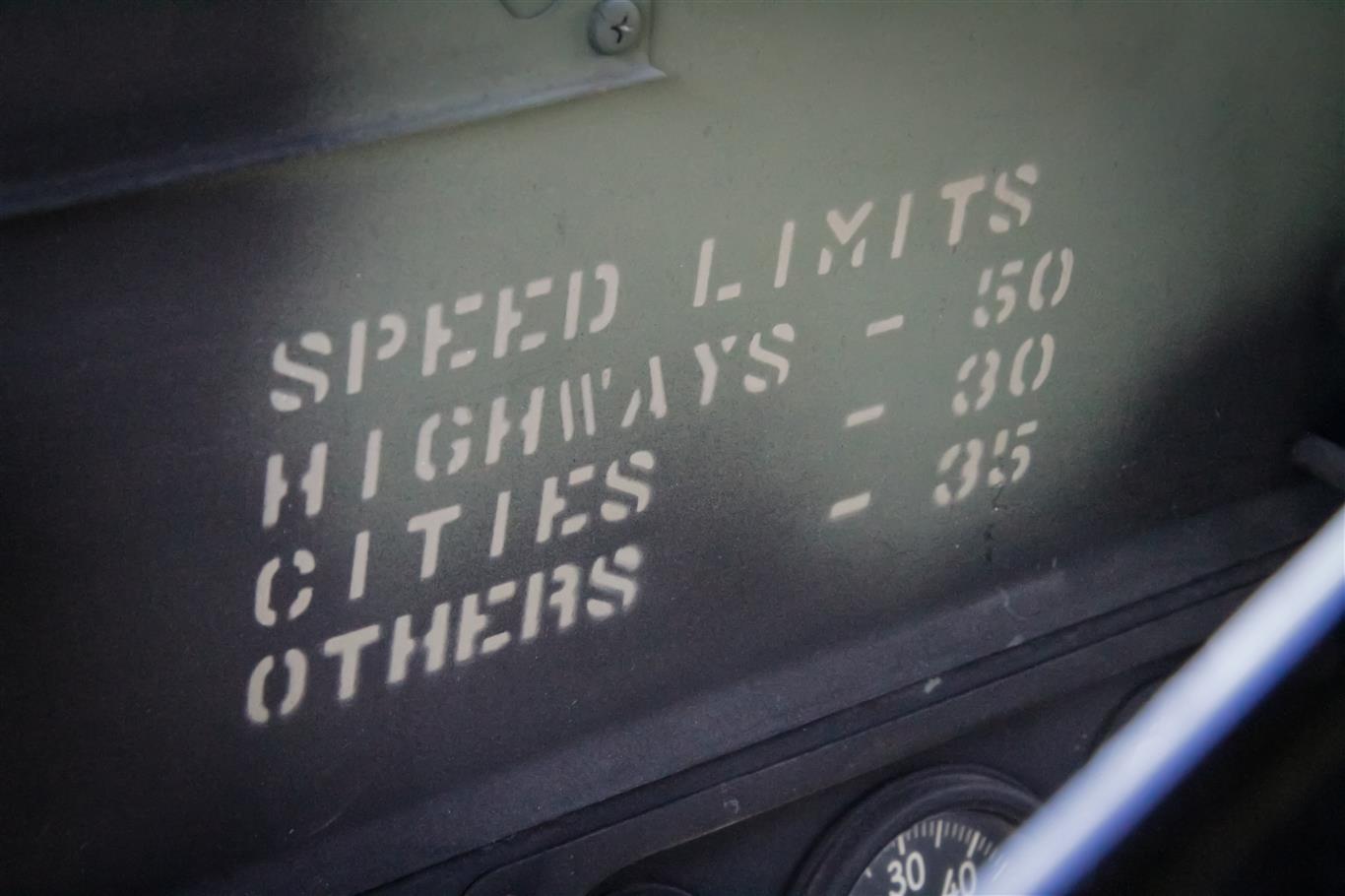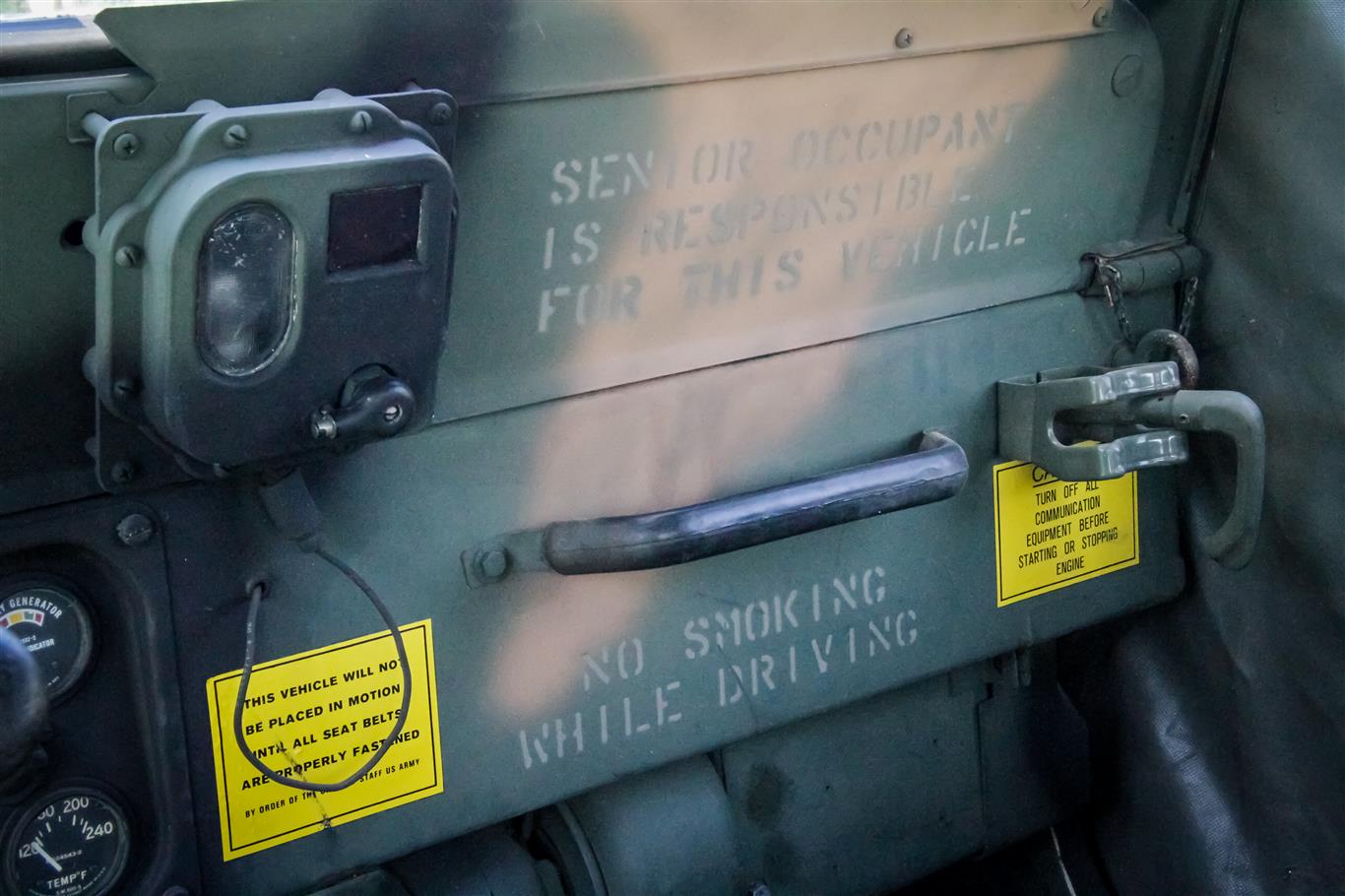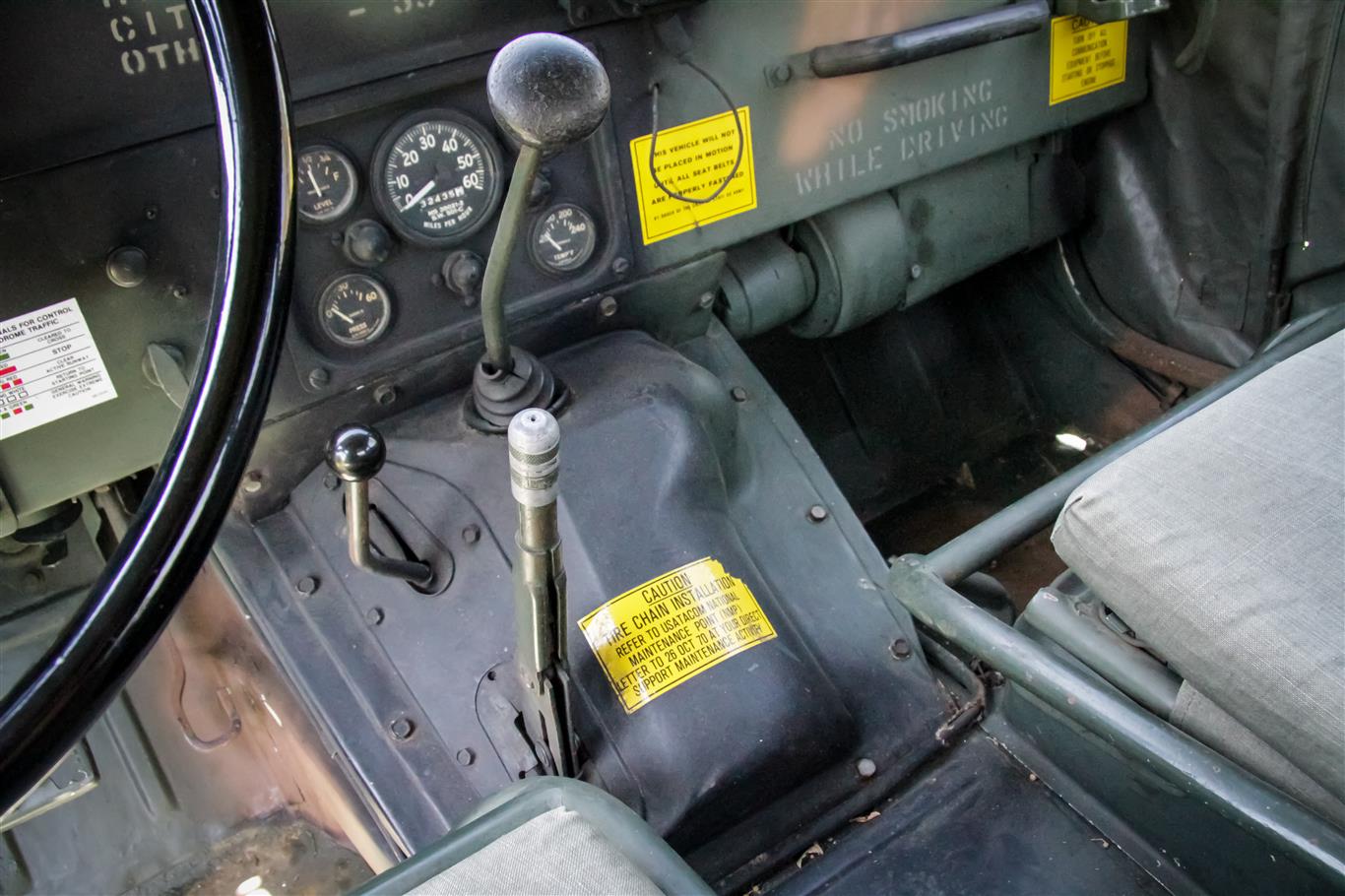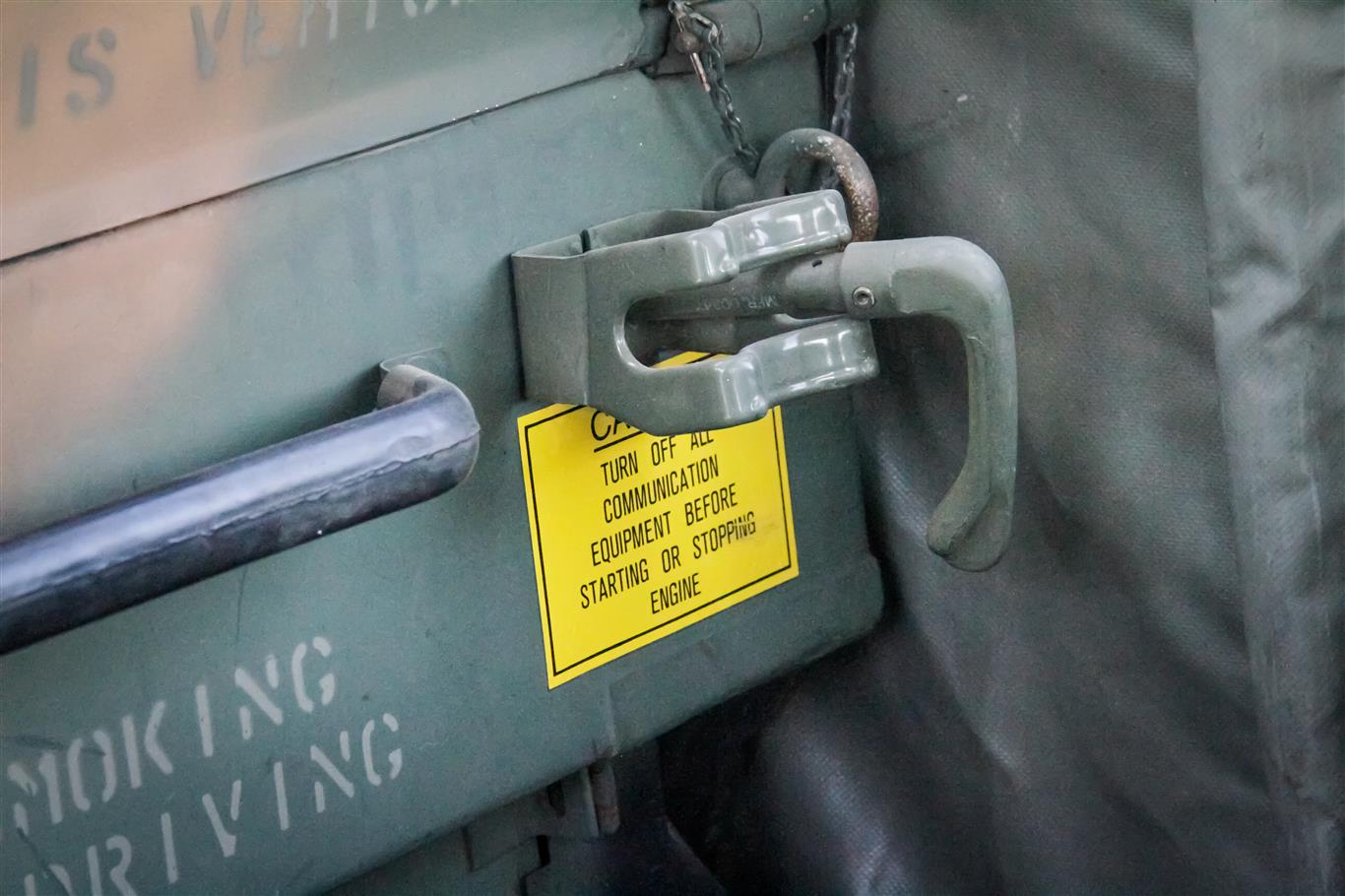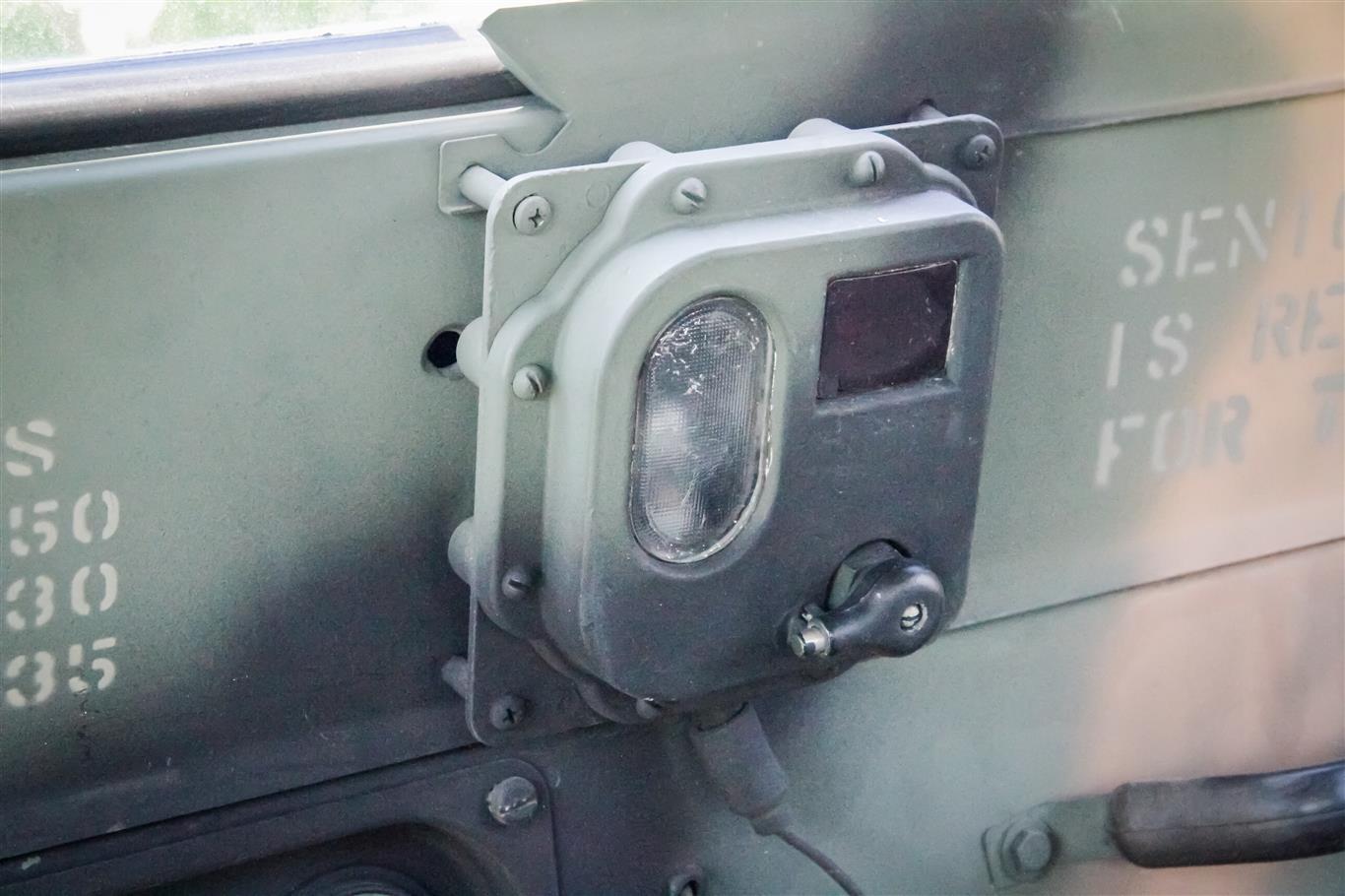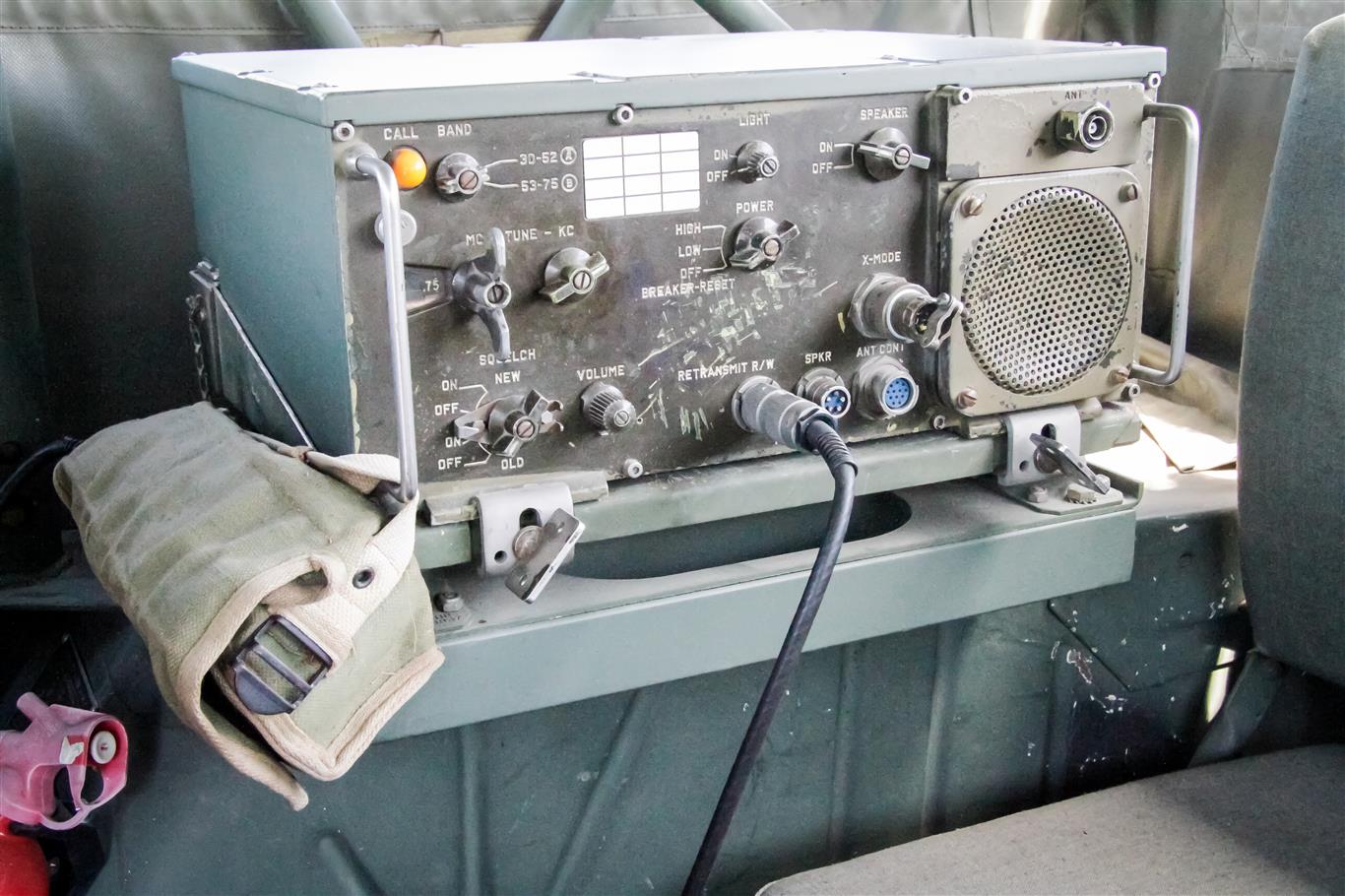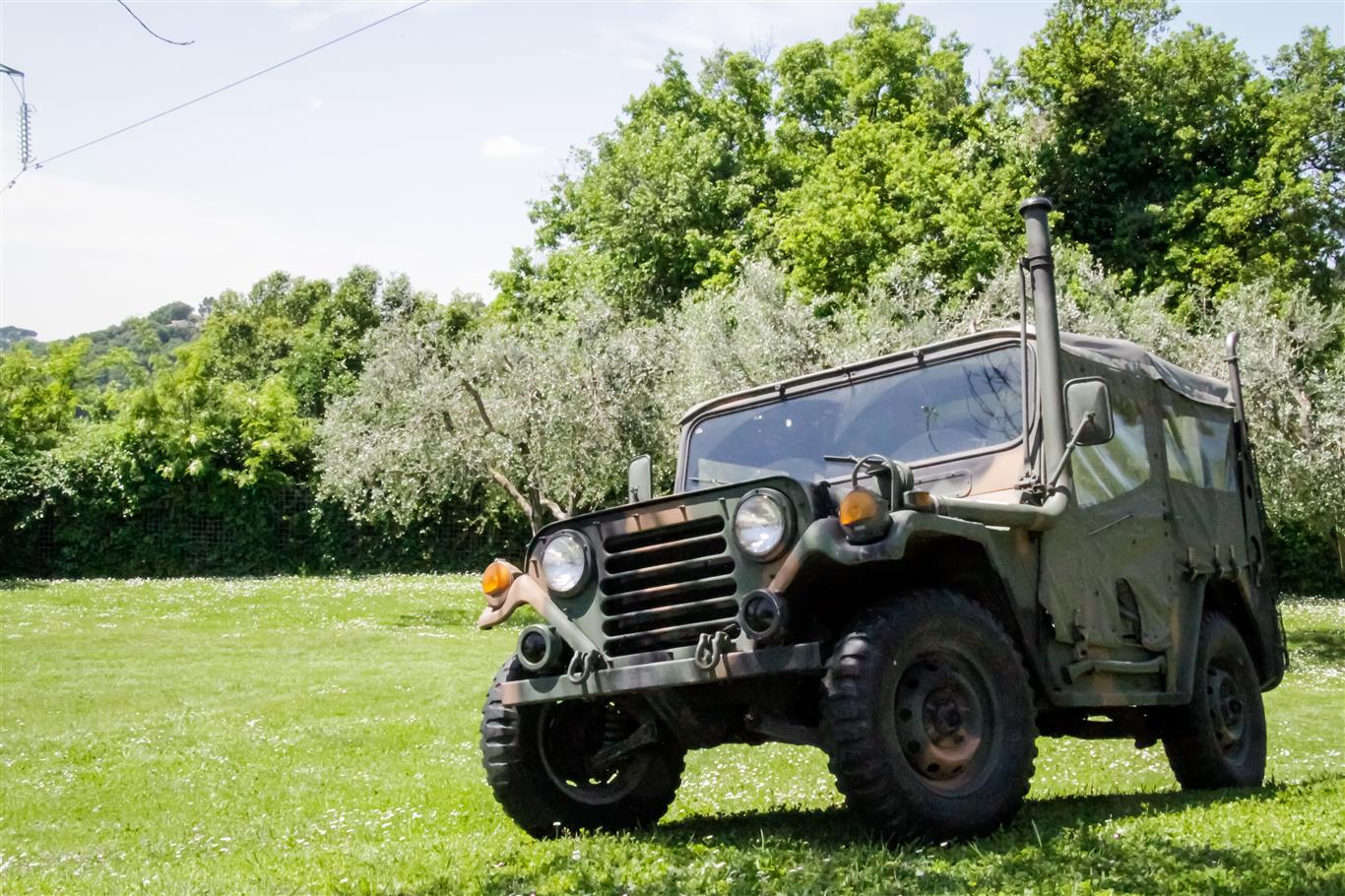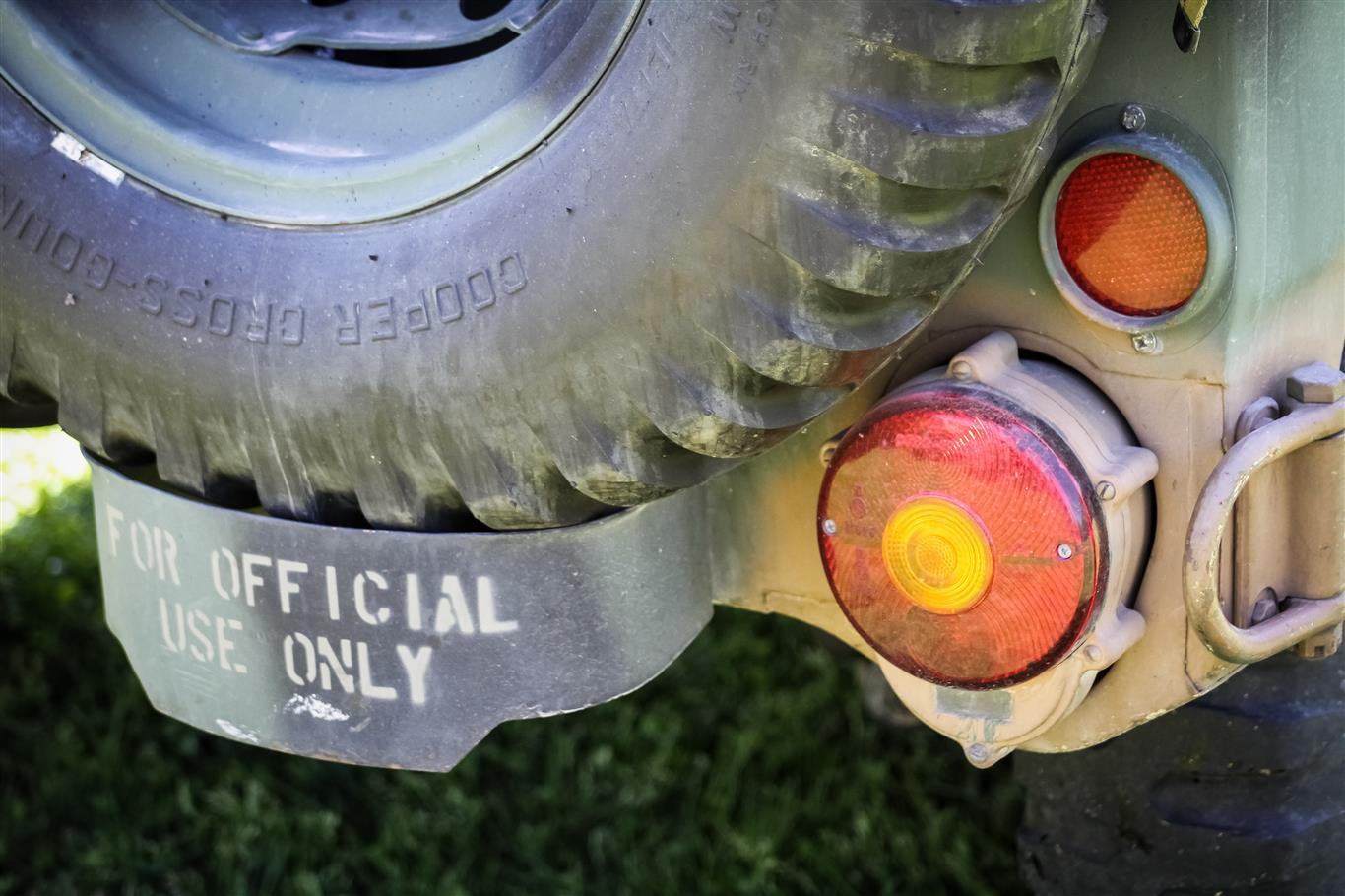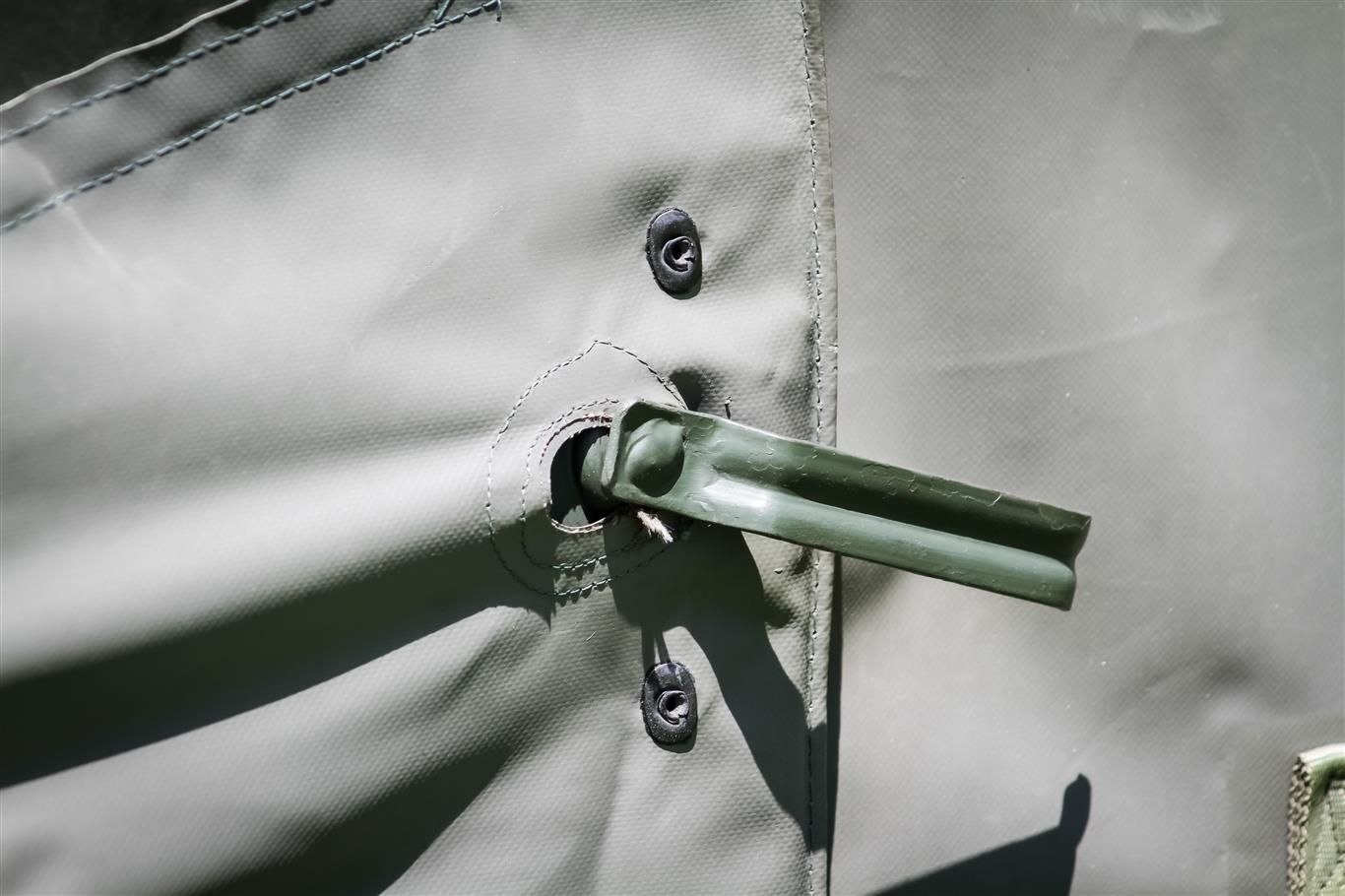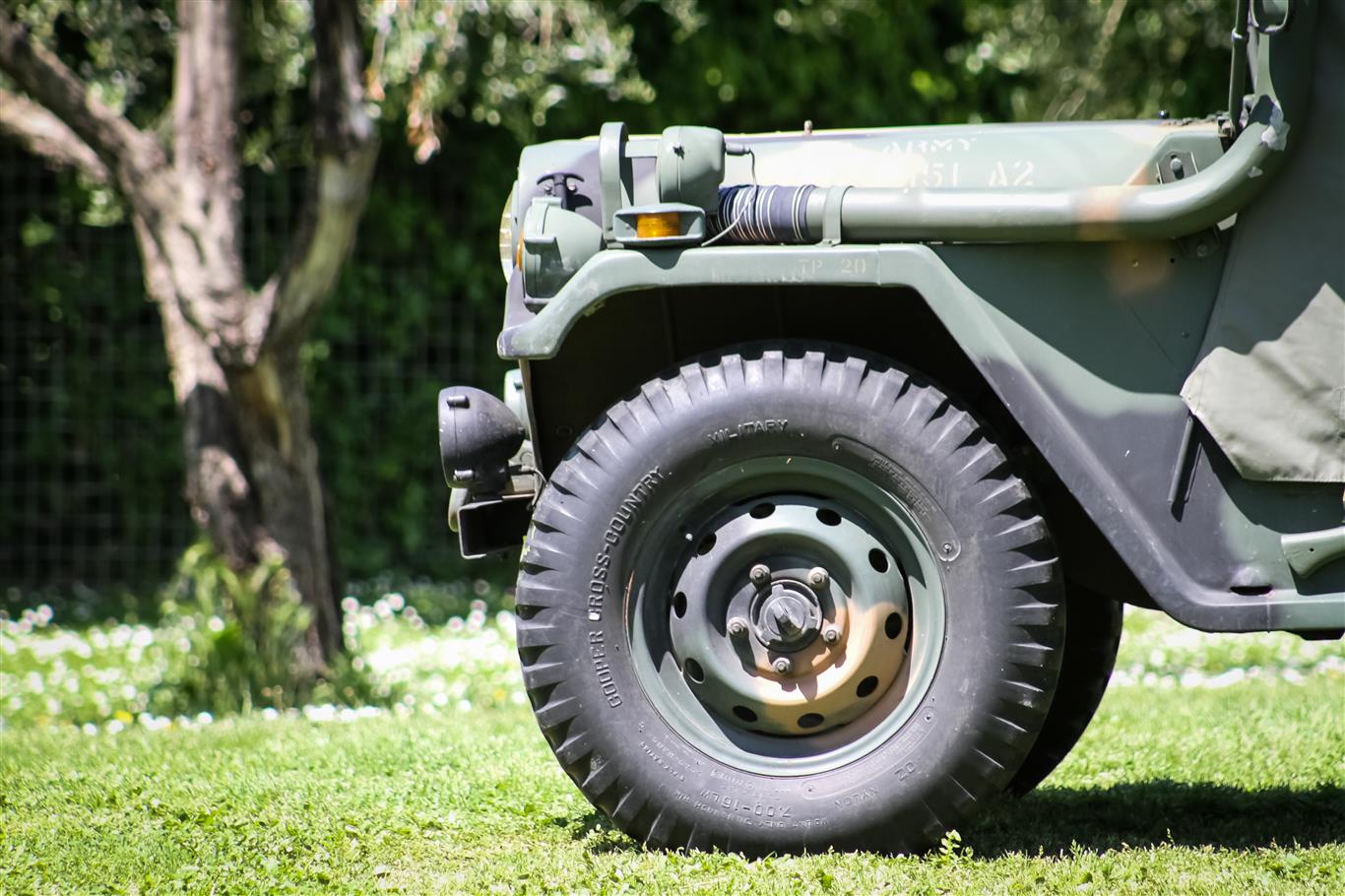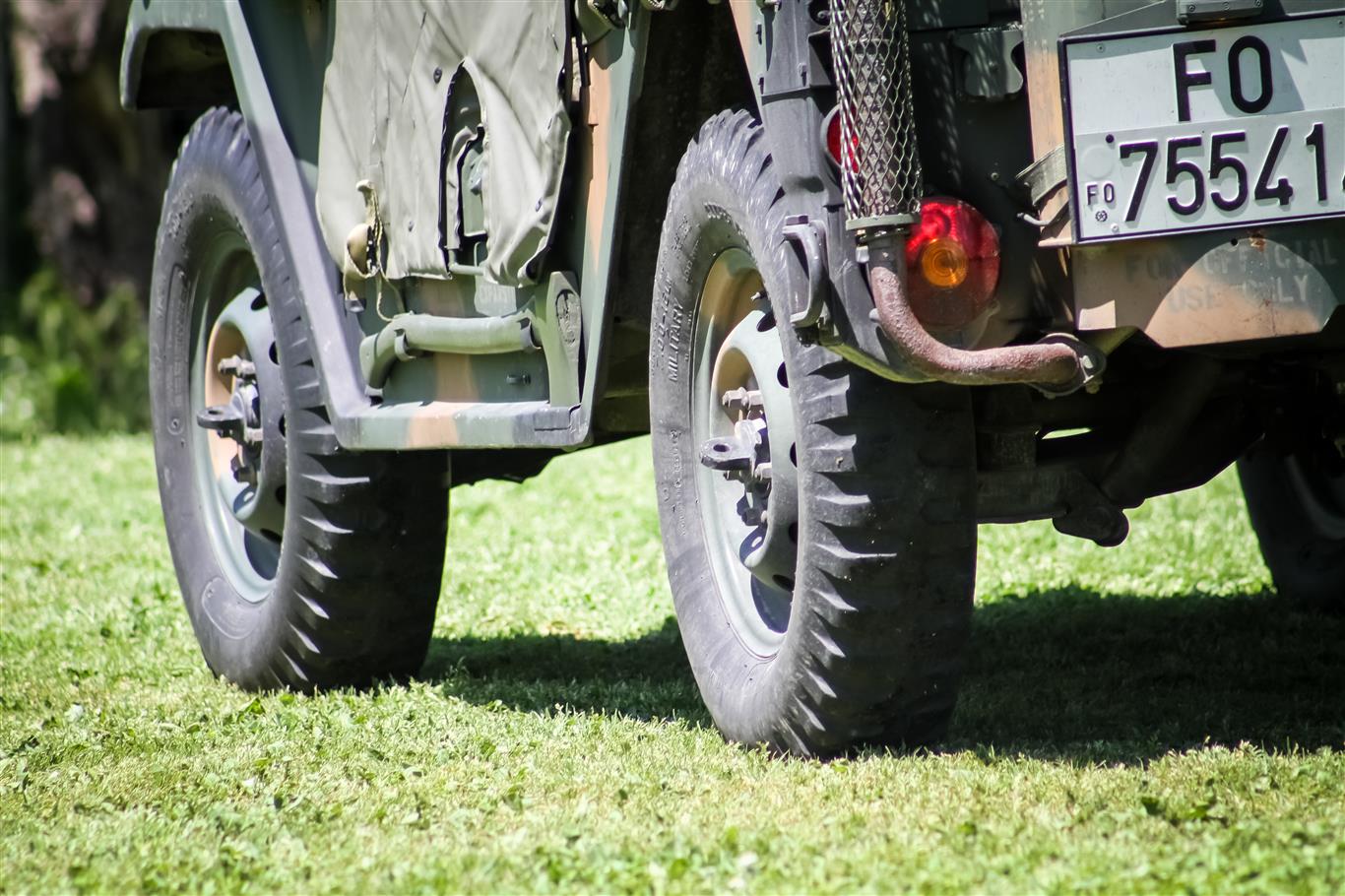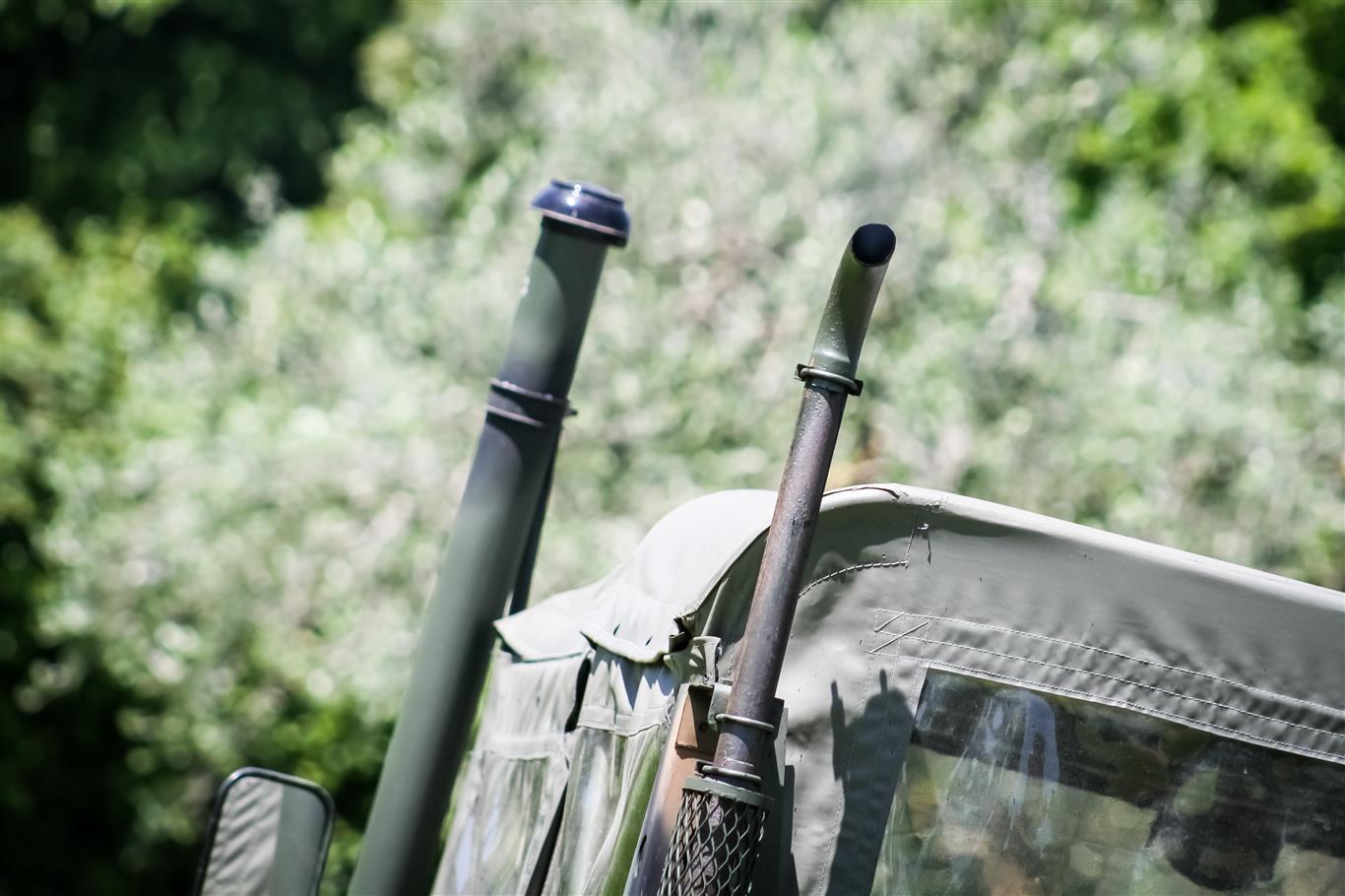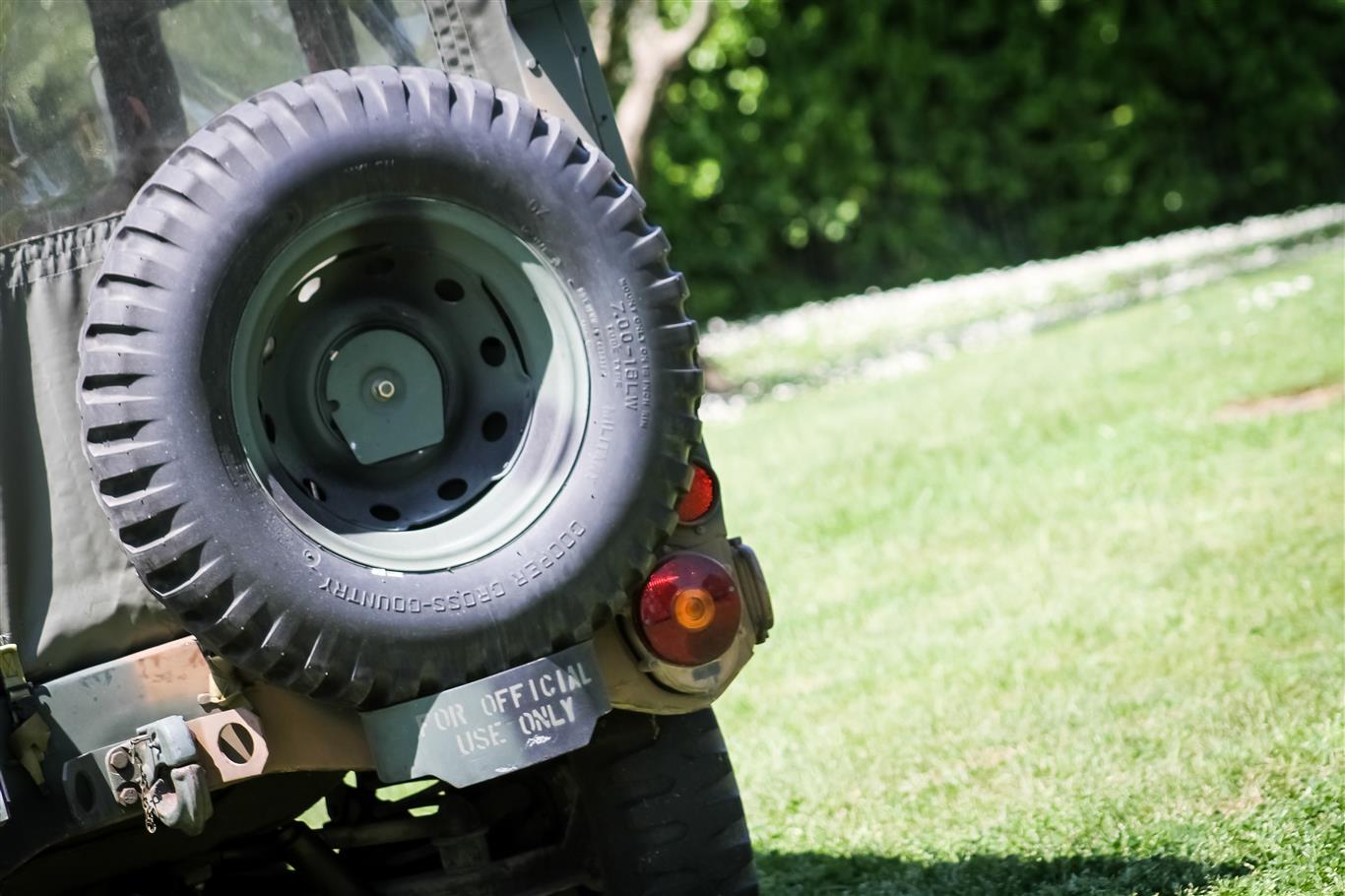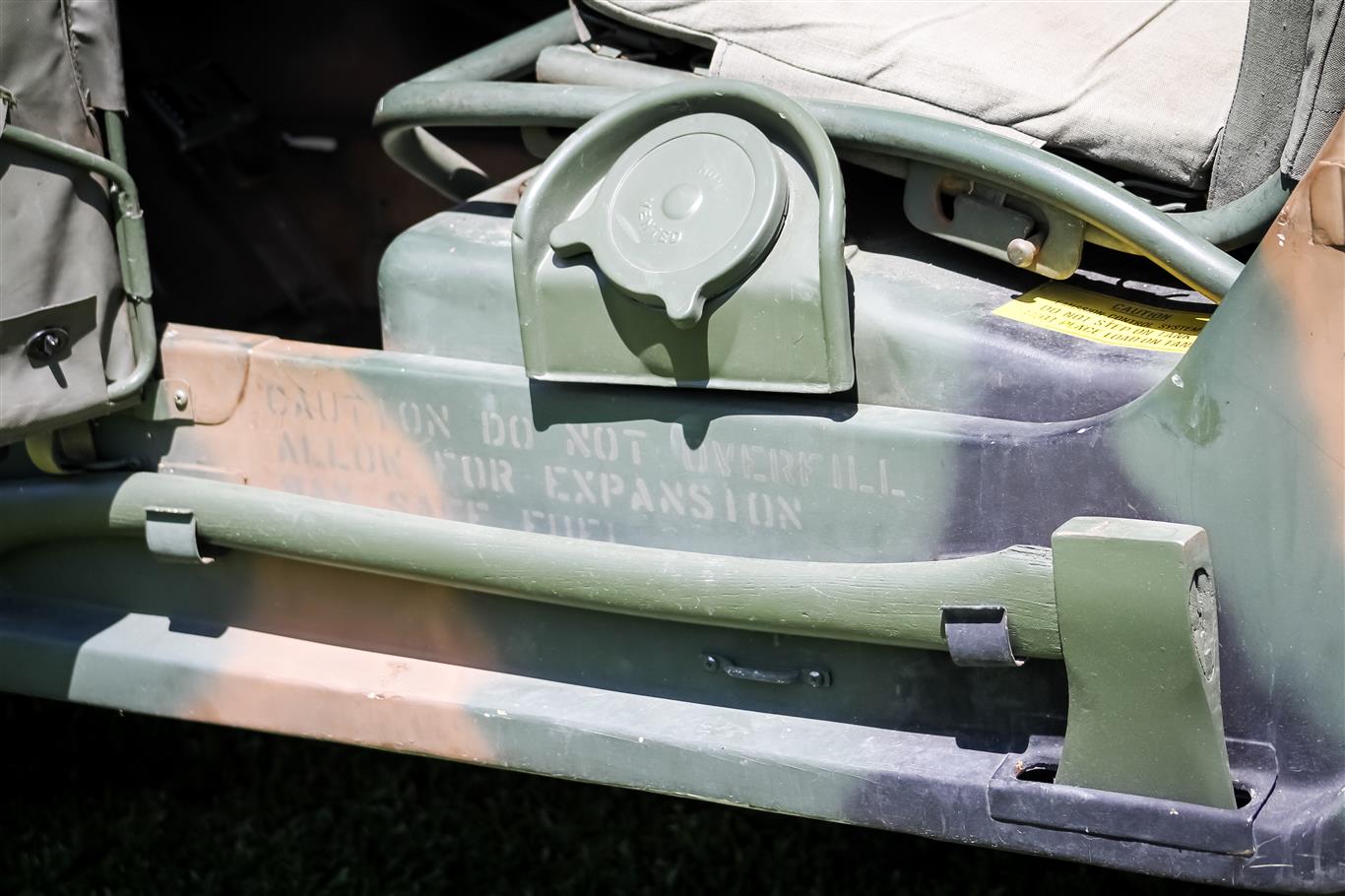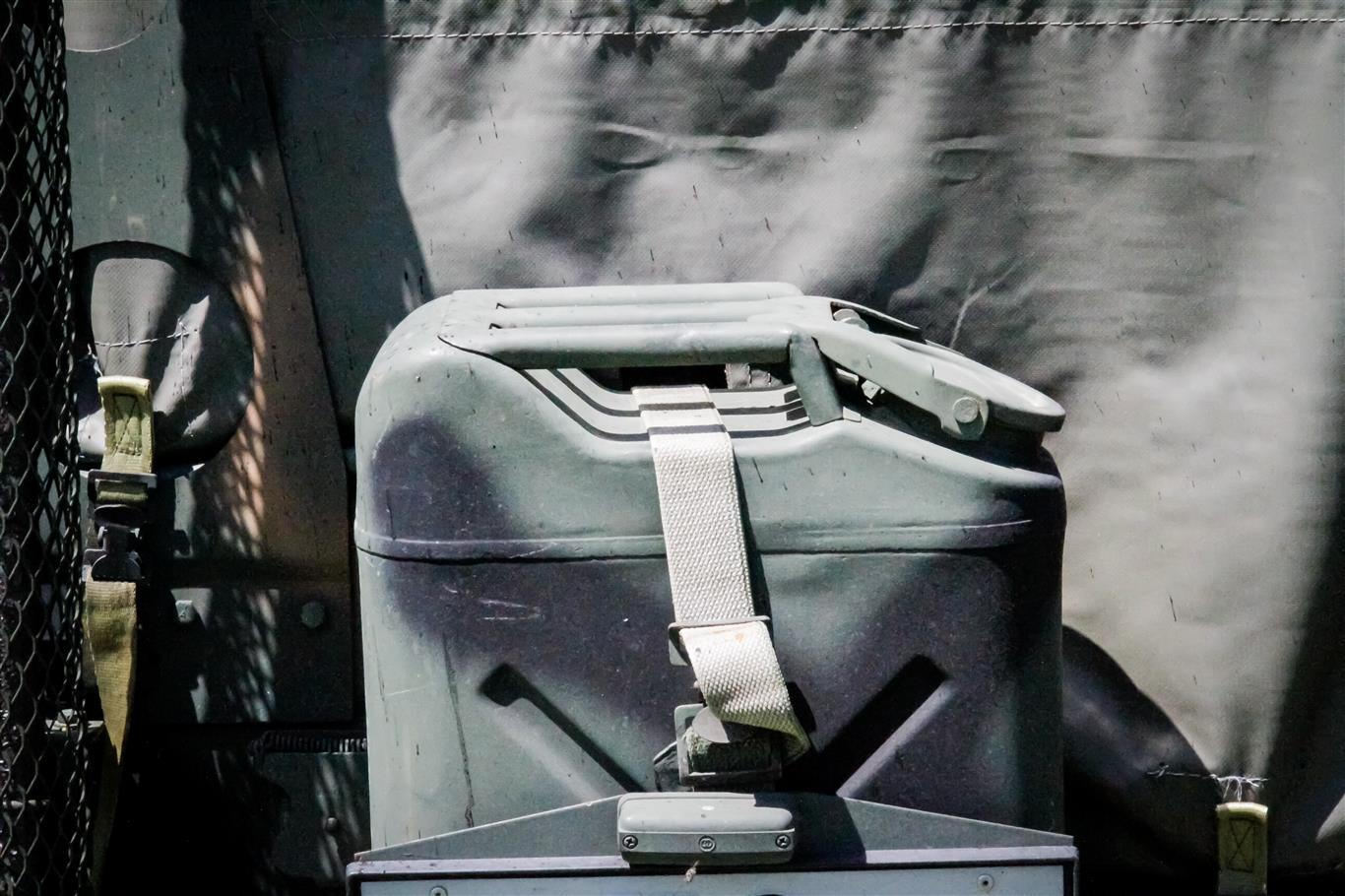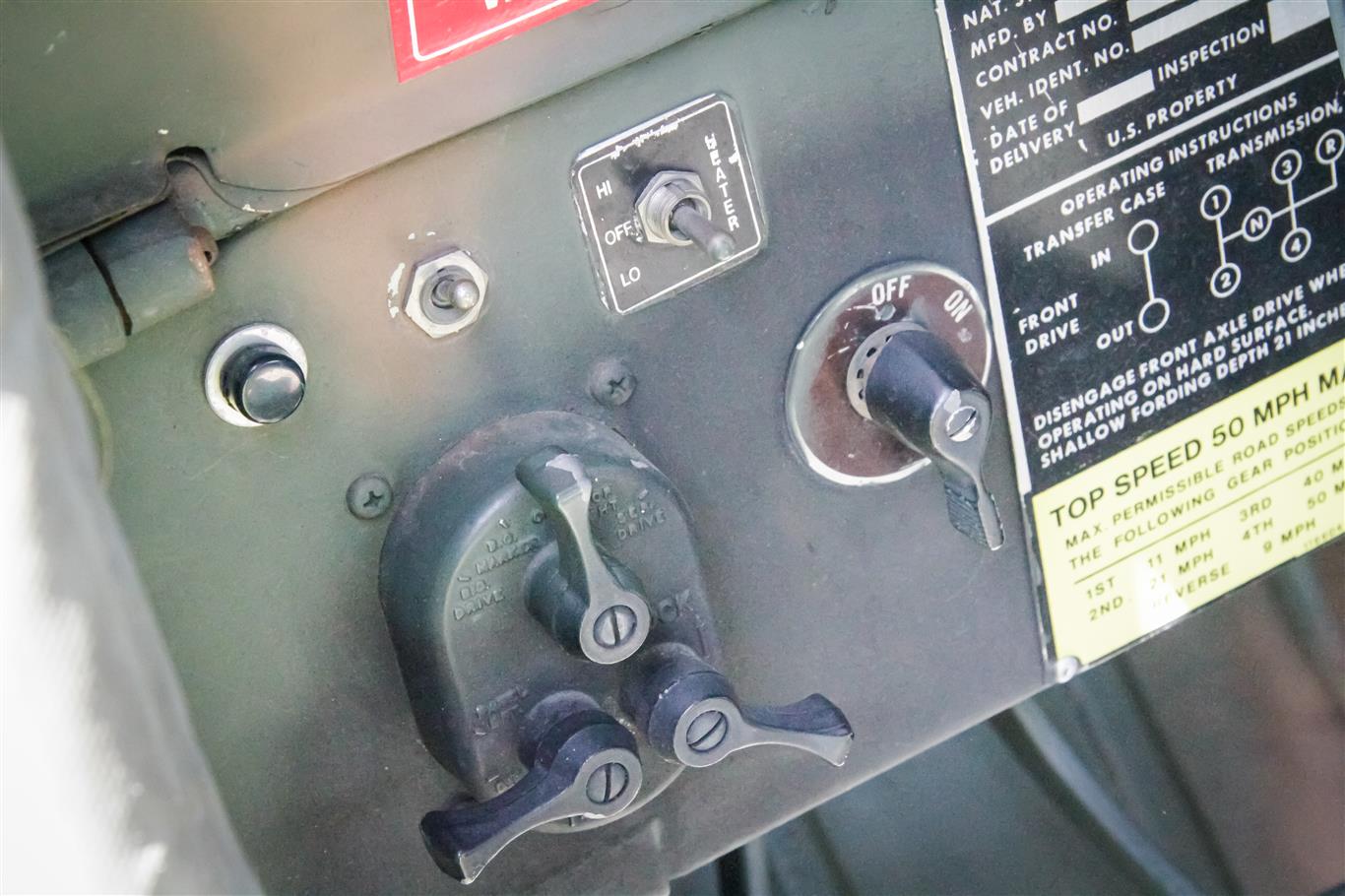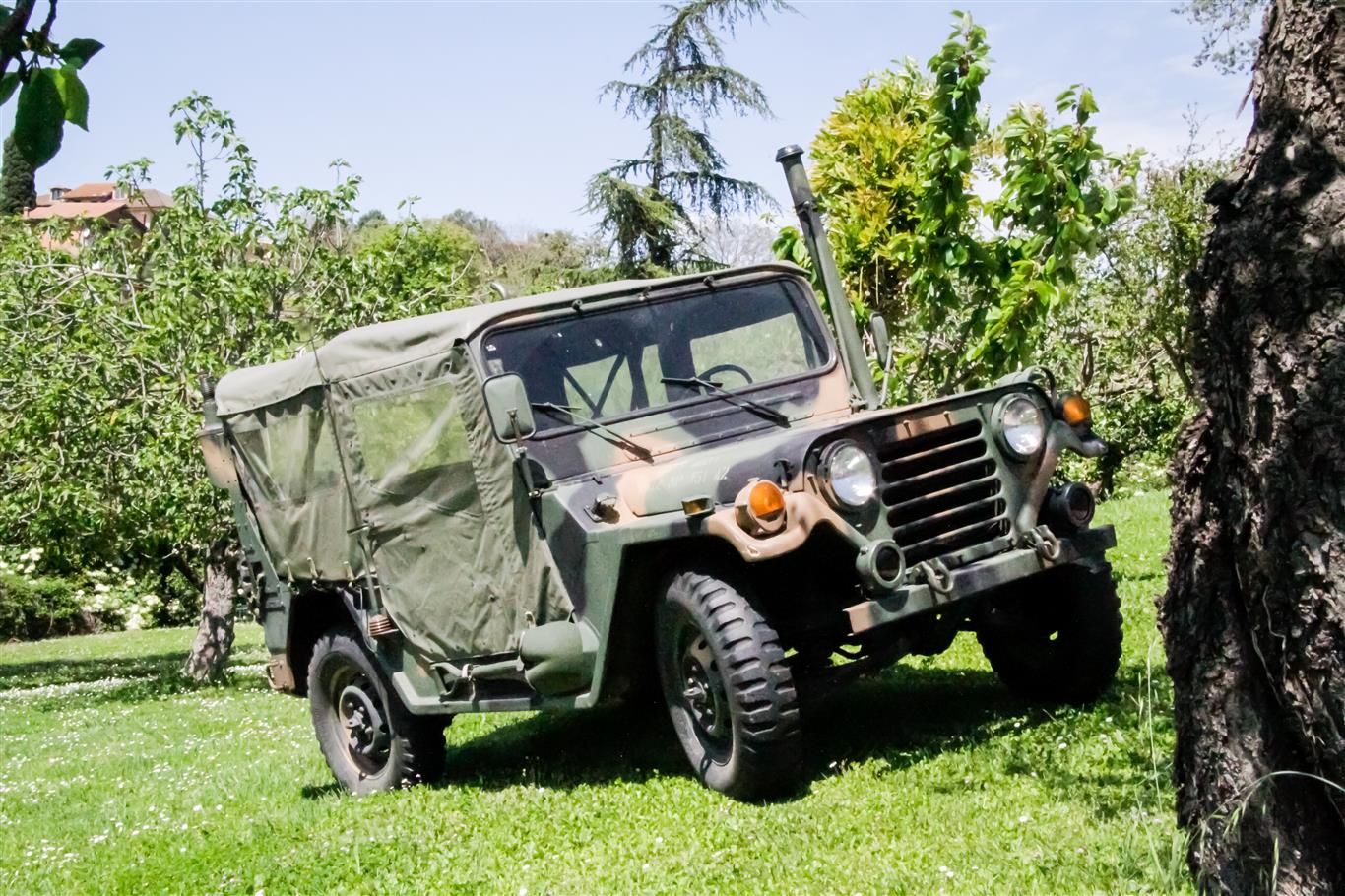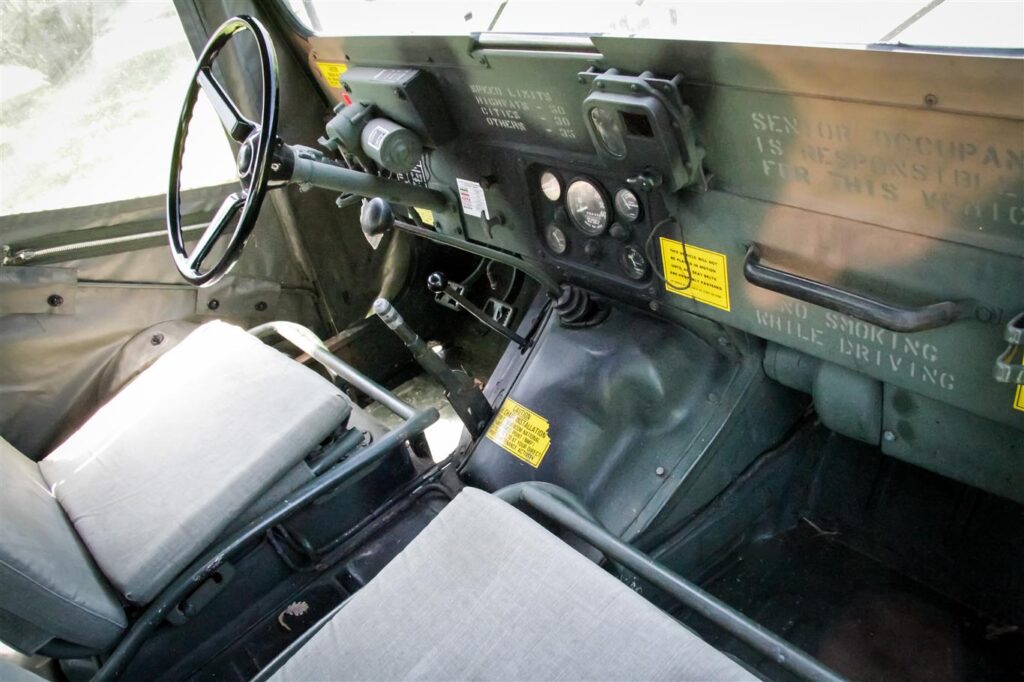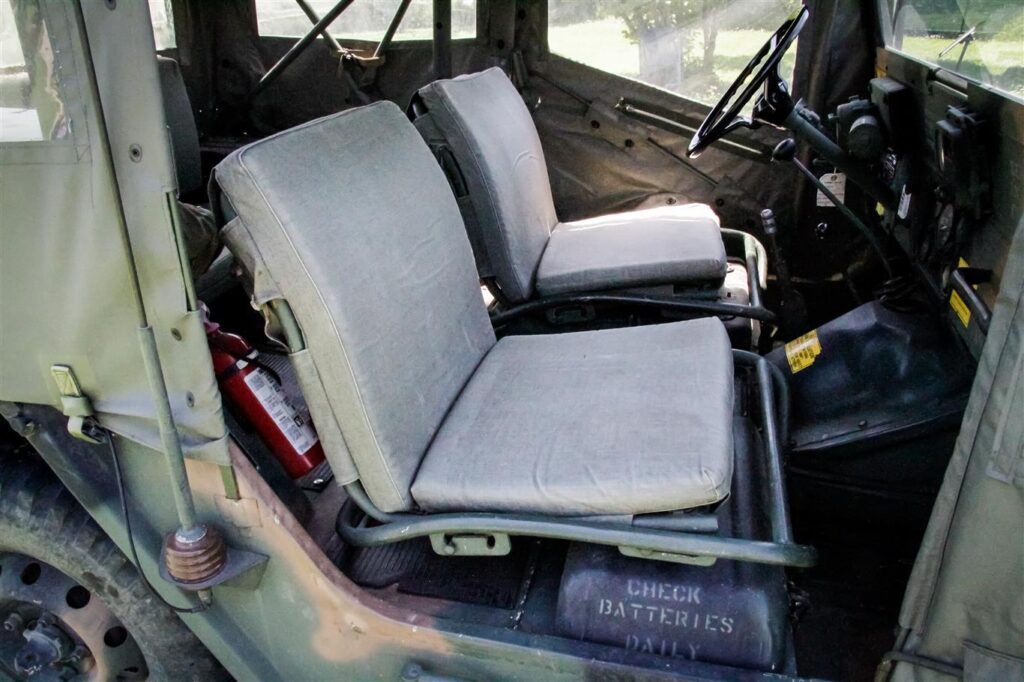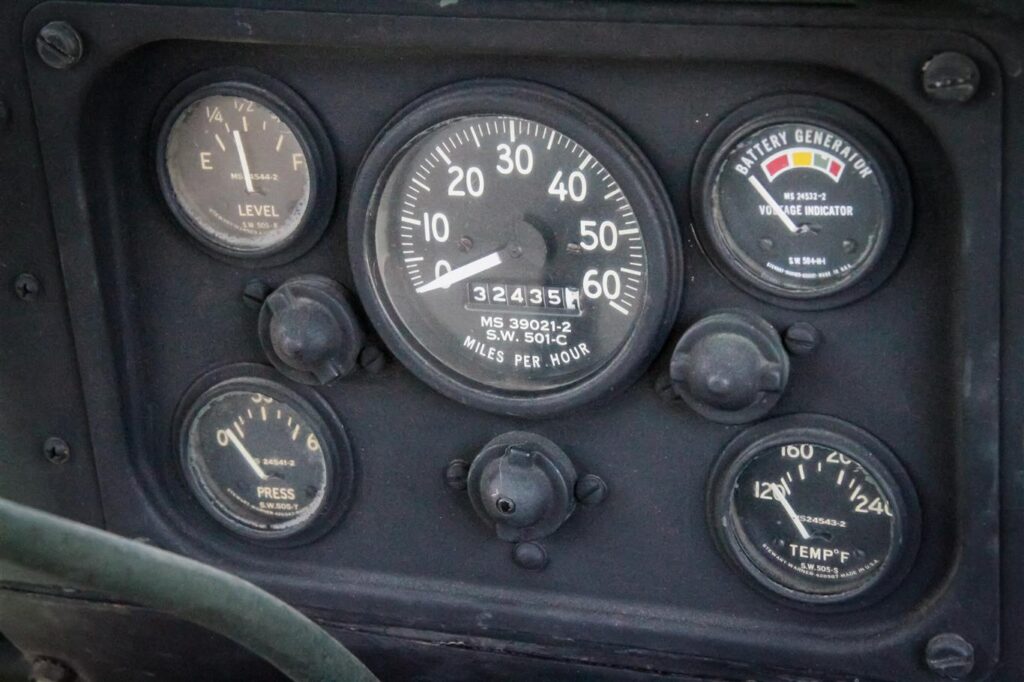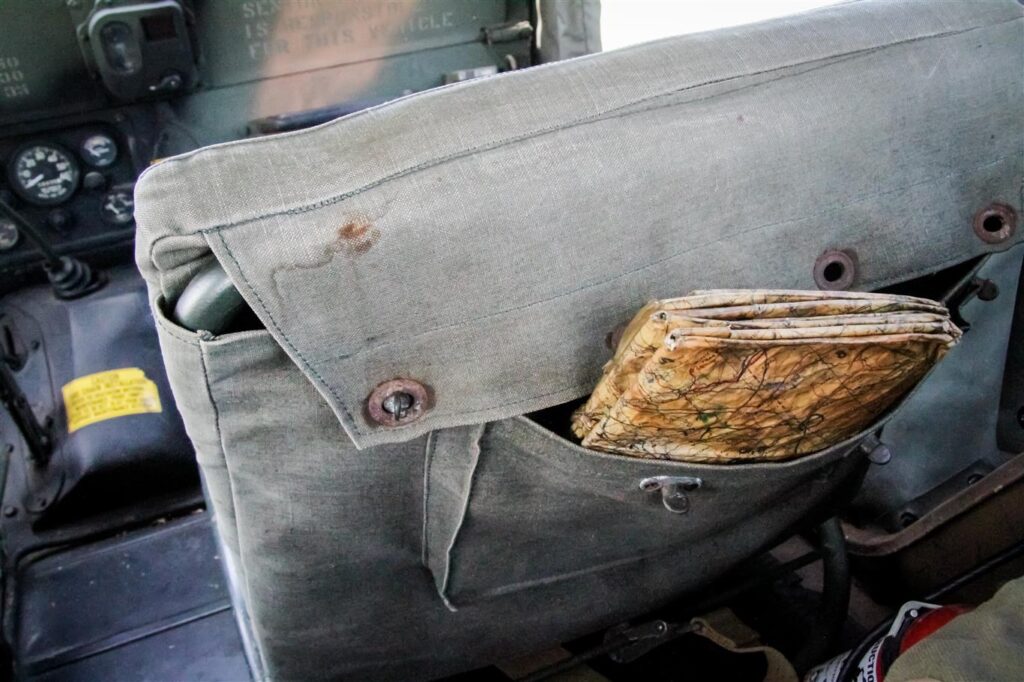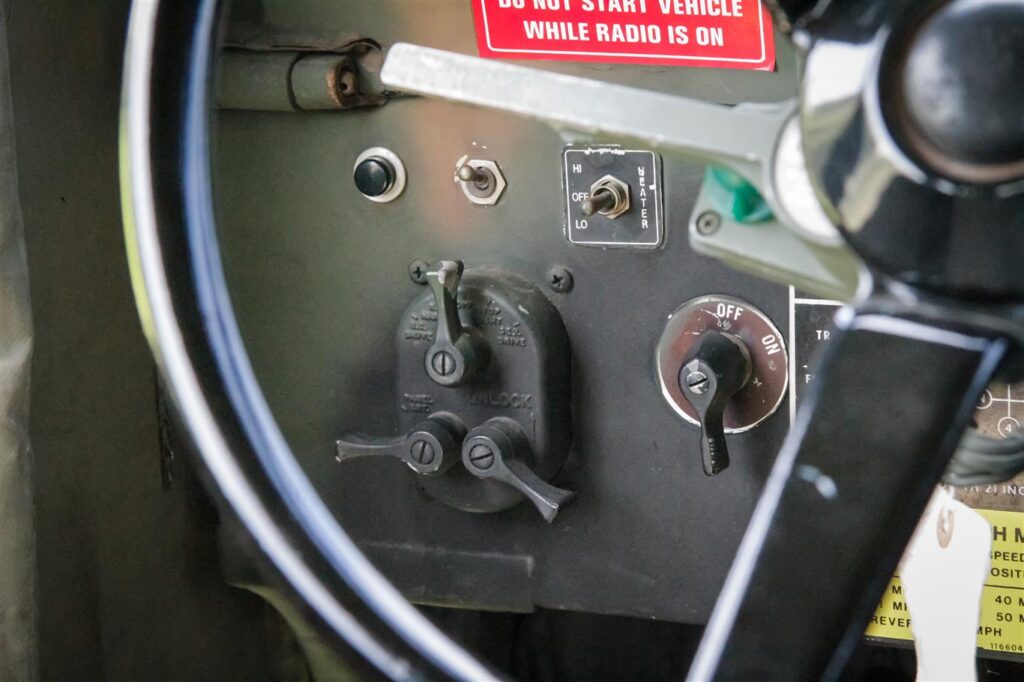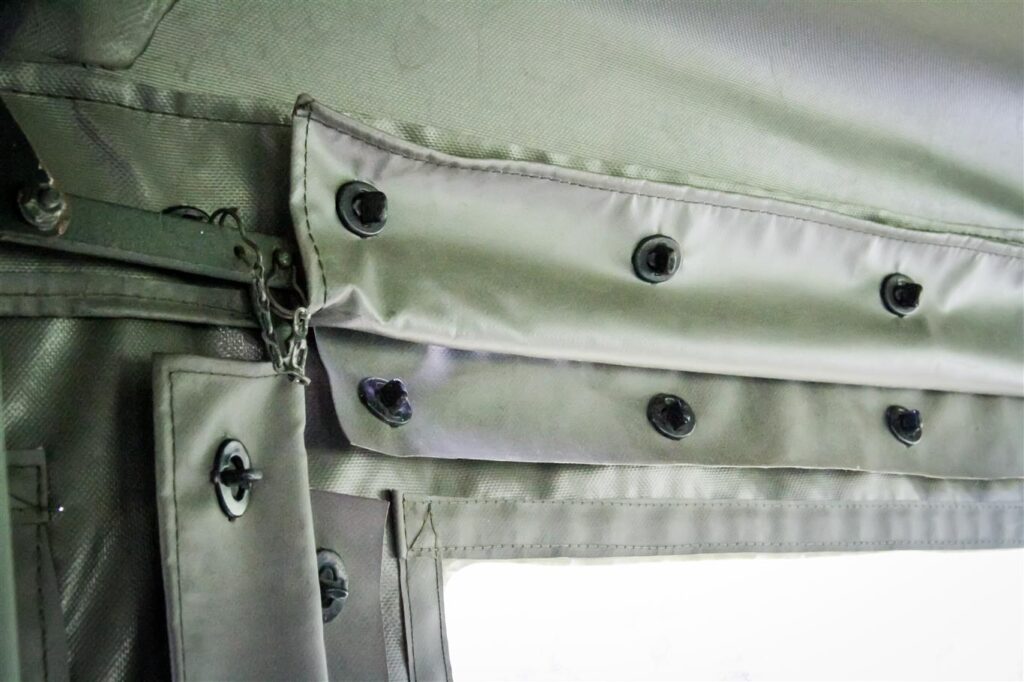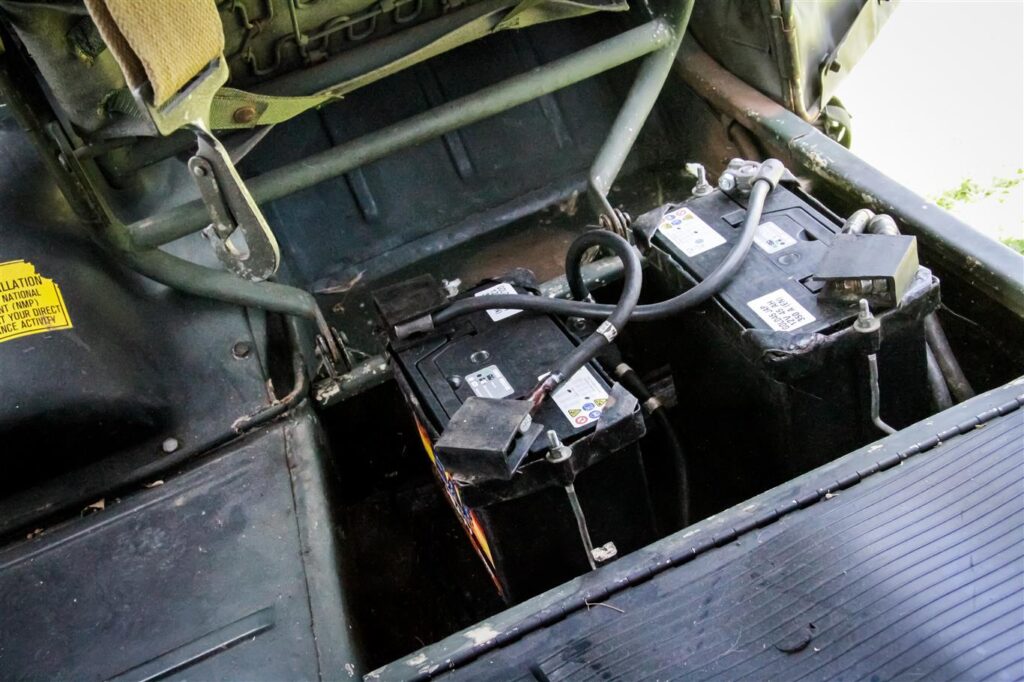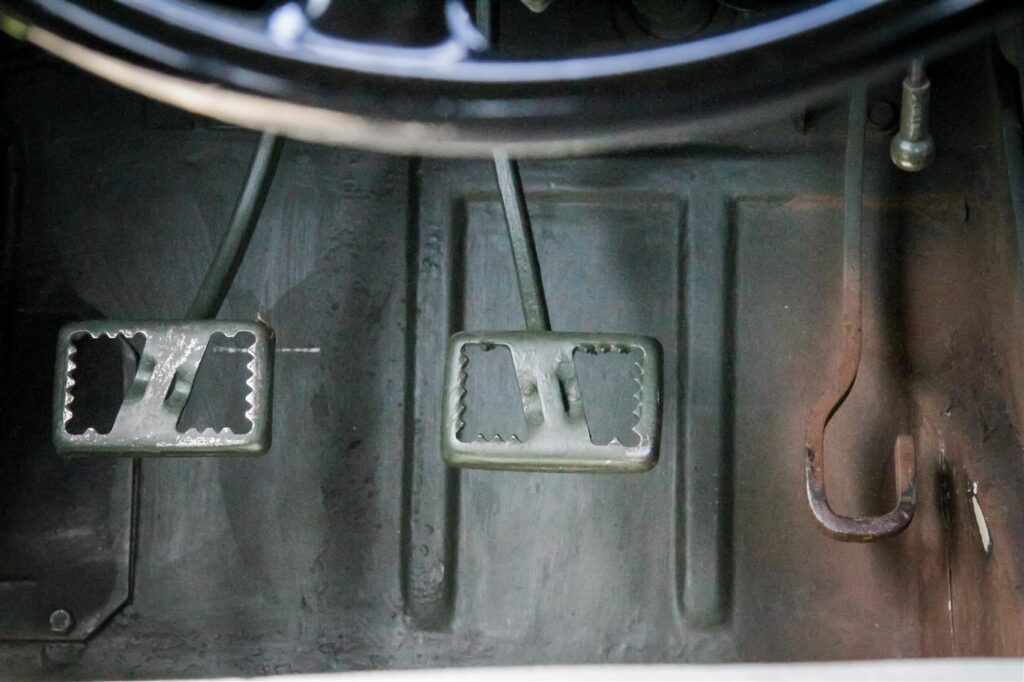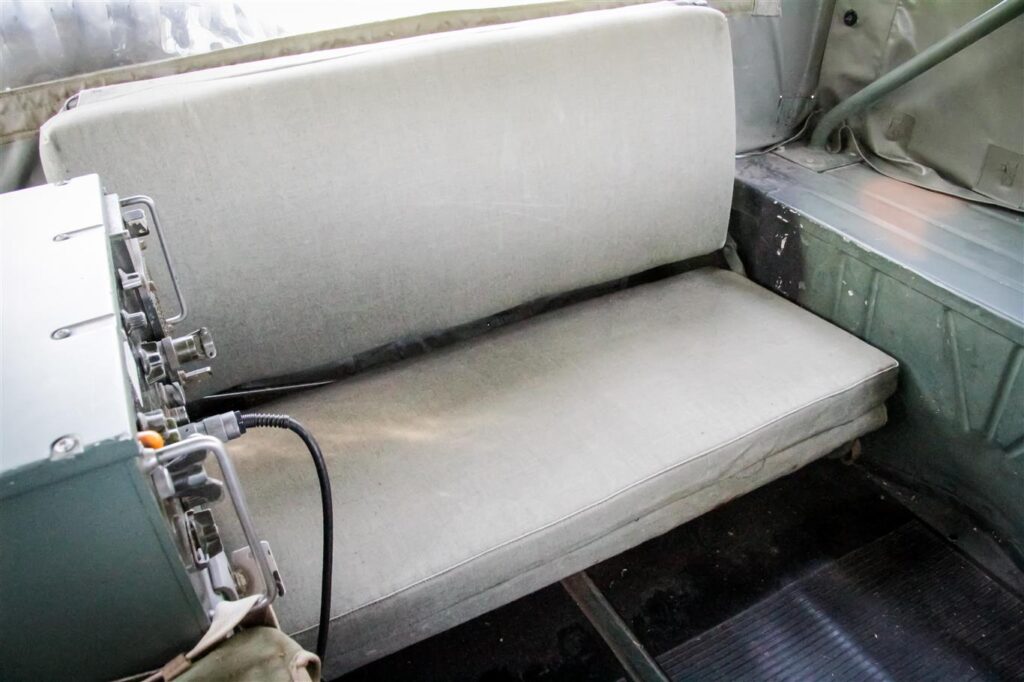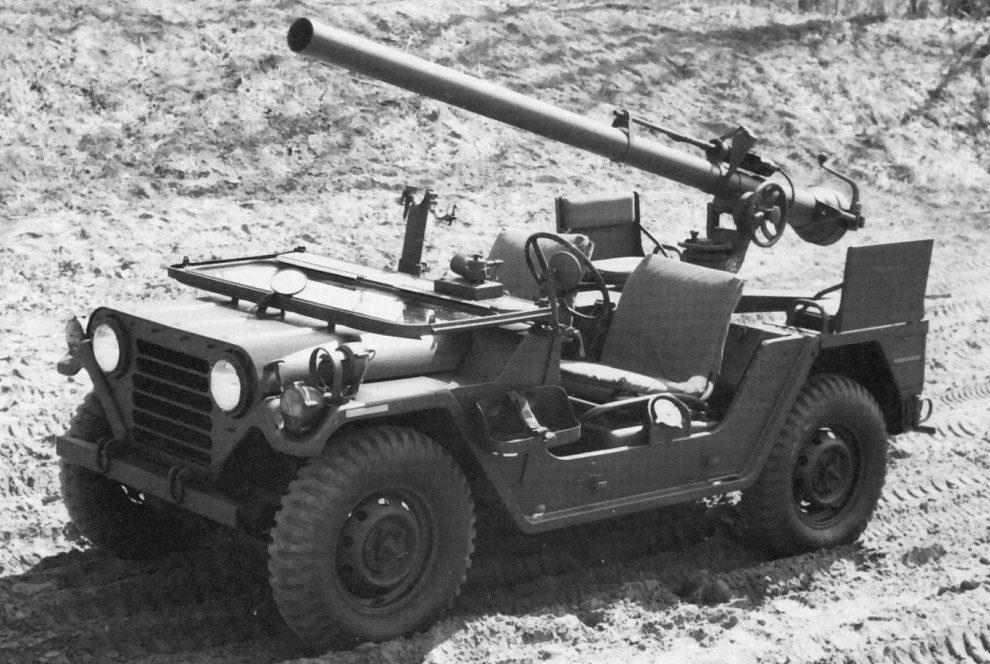Magazine Agorauto
M151 MUTT, the Jeep for Vietnam
Author: Michele Di Mauro · Credits Ph: Michele Di Mauro
4 April 2022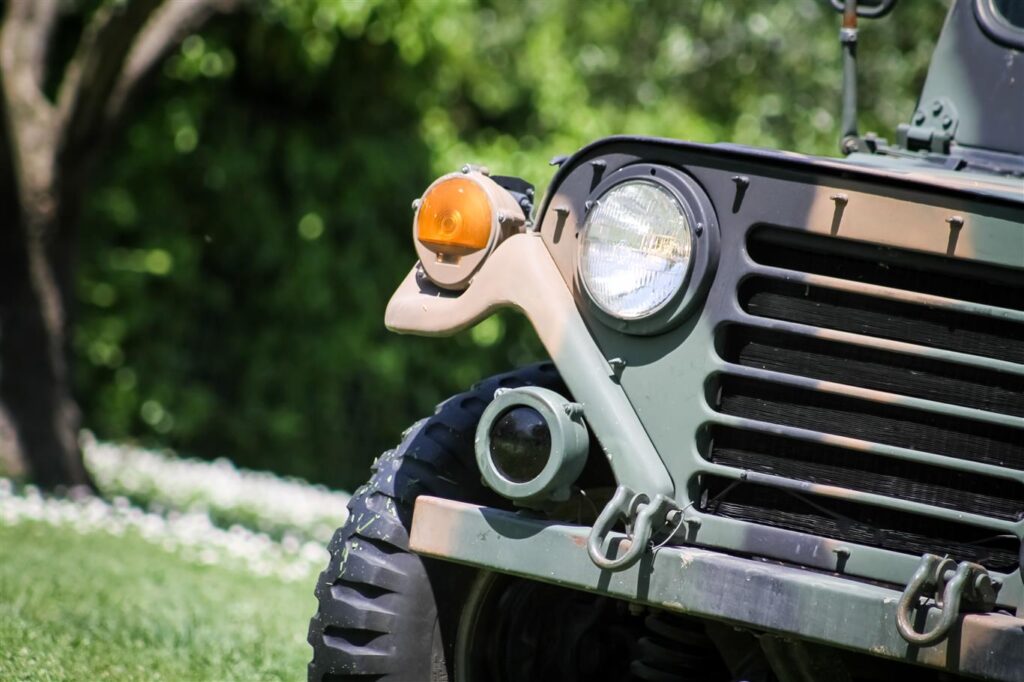
Military equipment is born and developed recently out of necessity. Naked and raw, often gladly put together in record time, it has a single goal: to satisfy wartime requirements for agility, versatility and reliability under all conditions. In a few seconds spent hesitating over an ignition switch can mean the difference between life and death.
This specific design philosophy, together with a historical and engineering value, makes military vehicles real cult items for enthusiasts, who make the most varied use of them, either Sunday outings or historical reconstructions with thousands of participants, during which past battles and events are recreated down to the smallest detail.
Every historical period and major conflict was characterised by specific vehicles, be they airborne, afloat, amphibious or off-road. Speaking of the latter, if the Second World War is the classic setting for the German Kubelwagen and the American Willis, Vietnam was definitely the setting for the Ford MUTT.
M.U.T.T. (Military Utility Tactical Truck) is the acronym by which the Ford M151 became known. The M151, the final evolution of the original “jeep” (general purpose) concept, for which the Ford Motor Company won the tender in 1951. Put into production at the end of the 1950s, the M151 replaced the older M38 from 1960 onwards, remain in service for about 20 years, and equipping more than 100 armed forces around the world.
It was retired from military service in the early 1980s, when it were replaced by the Humvee; production then continued for export only.
Distinguishable from the front by its horizontal slits (Jeep copyrighted the vertical slits), the new off-road vehicle was a quarter-ton machine (intended for minimum transport capacity on mixed terrain) and was characterised by its body with a larger compartment, particularly in terms of width, when compared to the old Jeep. The general layout was similar to the previous model, with a front-mounted engine, all-wheel drive and an open configuration with canvas roof and doors. Under its skin, however, the MUTT introduces a number of innovations, from its monocoque chassis, a groundbreaking solution for an off-road vehicle, to its independent suspension with coiled springs instead of rigid axles and leaf springs: a solution which allowed higher speeds and better agility on rough terrain without sacrificing too much ride comfort, but which made early versions (prior to 1964) sadly infamous for their poor ride stability.
Another unusual feature was the four-speed gearbox with a very low first gear, which in practice,replaced the reducer. The advantage of this arrangement was the lower mechanical complexity and savings in terms of all-up vehicle weight, as it was designed to be transported by helicopter and dropped by parachute.
The first “unarmed” version of the M151 entered service in 1960. It was capable of exceeding 105 km/h and transporting 362 kg off-road – 554 kg on the road – and of towing 680 or 970 kg respectively, with a range of more than 450 km. In 1964, this was followed by the M151A1 with slight modifications to the rear suspension, both to stem chronic roadholding problems and to facilitate the transport of heavy loads. The derivative versions, M151A1C and M825, could in fact be equipped with a 106mm M40A1 recoilless cannon, 7.62 or 12.7mm calibre machine guns, or TOW anti-tank missile launchers.
However, the changes to the rear suspension proved insufficient to improve safety and manoeuvrability, particularly on tight corners. Some said that the MUTT behaved even better than the competition of road, thanks to its low centre of gravity due to the self-supporting body and independent suspension. However, these two characteristics also led to failures to understand the real limitations of the vehicle on the road and to underestimate its speed on curves, further exacerbated by its high wheels and short wheelbase. A further, more drastic reworking of the rear suspension was therefore necessary, which led to the introduction of the new M151A2 version, launched in 1968.
Further variants included the M718 and M718A1, fitted out as front-line ambulances with an extended cabin (the “short” MUTT was a mere 3.35 metres long) to allow stretchers to be transported.
Whereas earlier MUTTs are sought-after because they are rarer and “purer”, later versions are conversely almost free from defects. That is why many examples, “demilitarised” by cutting the frame into four parts close to the front seats, are then re-welded and resold by traders, who certainly have no trouble finding enthusiasts interested in such a versatile vehicle.
By the second half of the 1960s, the MUTT was already a favourite “lab rat” for off-roaders, who overtime learned to understand, study, modify and improve it, both at home and abroad.
Unbeatable in mud, in Italy in the 1980s, the M151 became one of the most popular models among fans of the CIVF, the off road speed championship, thanks to its low weight, ground clearance and excellent mobility, all of which were features designed with the wetlands of Vietnam in mind. On the mechanical side, on the other hand, folks often indulged themselves, transplanting units whose displacement and, in particular, horsepower exceeded the 72 horsepower of the production model.
At that time, the car also caught the eye of a coachbuilder in Riva del Garda, Ennio Perini, who at first specialised in the recovery and restoration of used MUTTs, and then set up his own production of vehicles reconstructed in fibreglass, inside of which he inserted a square tube frame. The Perini M151S retained the shape and spirit of the original vehicle but, after more than 30 years in the catalogue and with approximately 2200 units produced, it has been continuously improved, starting with its lockable differentials, which were never fitted to original vehicles.
Obviously less valuable than a Ford, MUTTs by Perini, who are still in business today, are nonetheless sought after and appreciated by enthusiasts. The example that we photographed for Agorauto, owned by a collector from the Rome hinterland, also received the careful attention of the Trentino coachbuilder. A former military vehicle, it has been refurbished as a “full optional” of the era: it features all of the special graphics, both painted and adhesive, and comes with a snorkel, transmitter, fuel tanks, spade, axe and even an old military map!
Tags: 4x4, Ford, M151, Mutt, Perini, Vietnam

